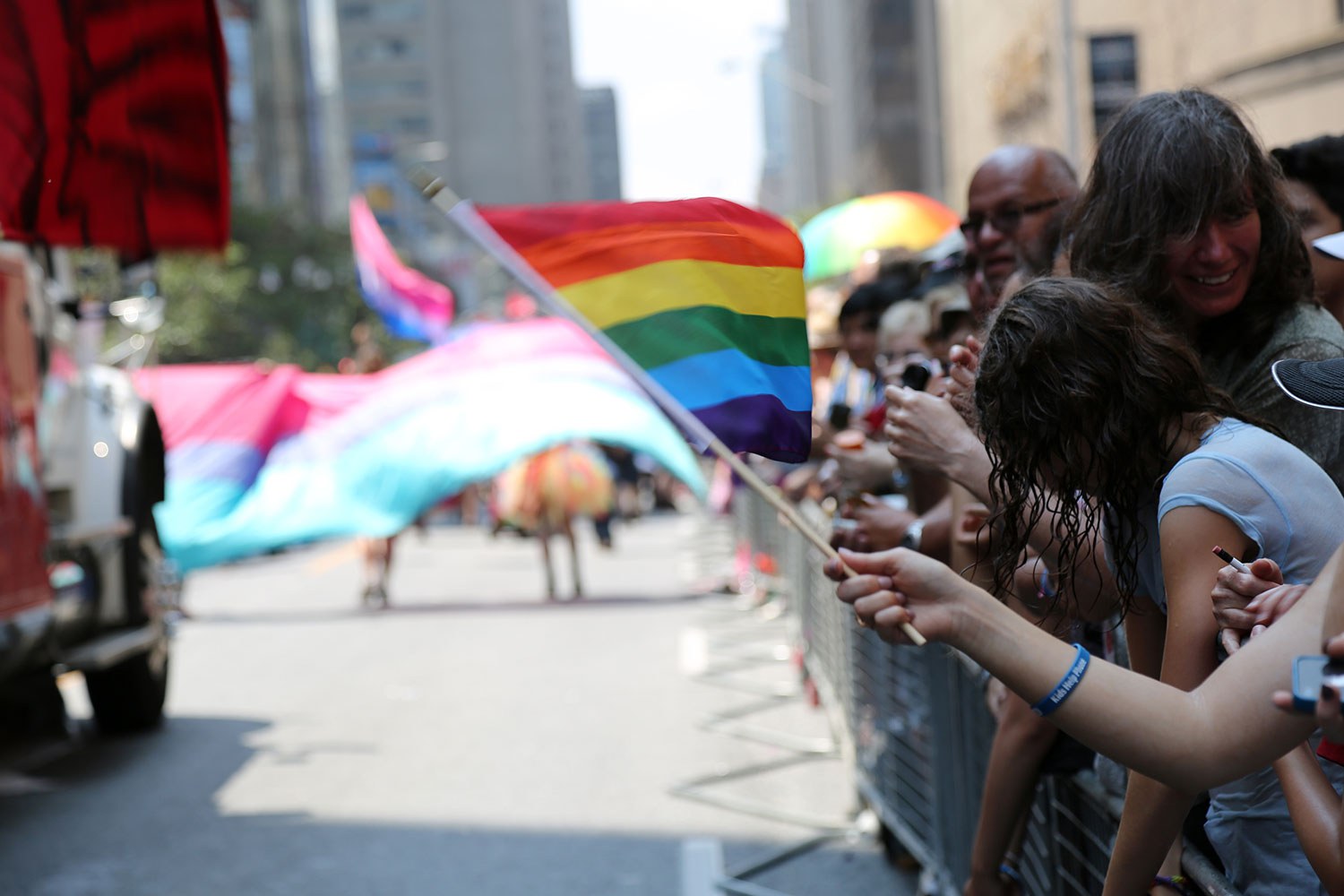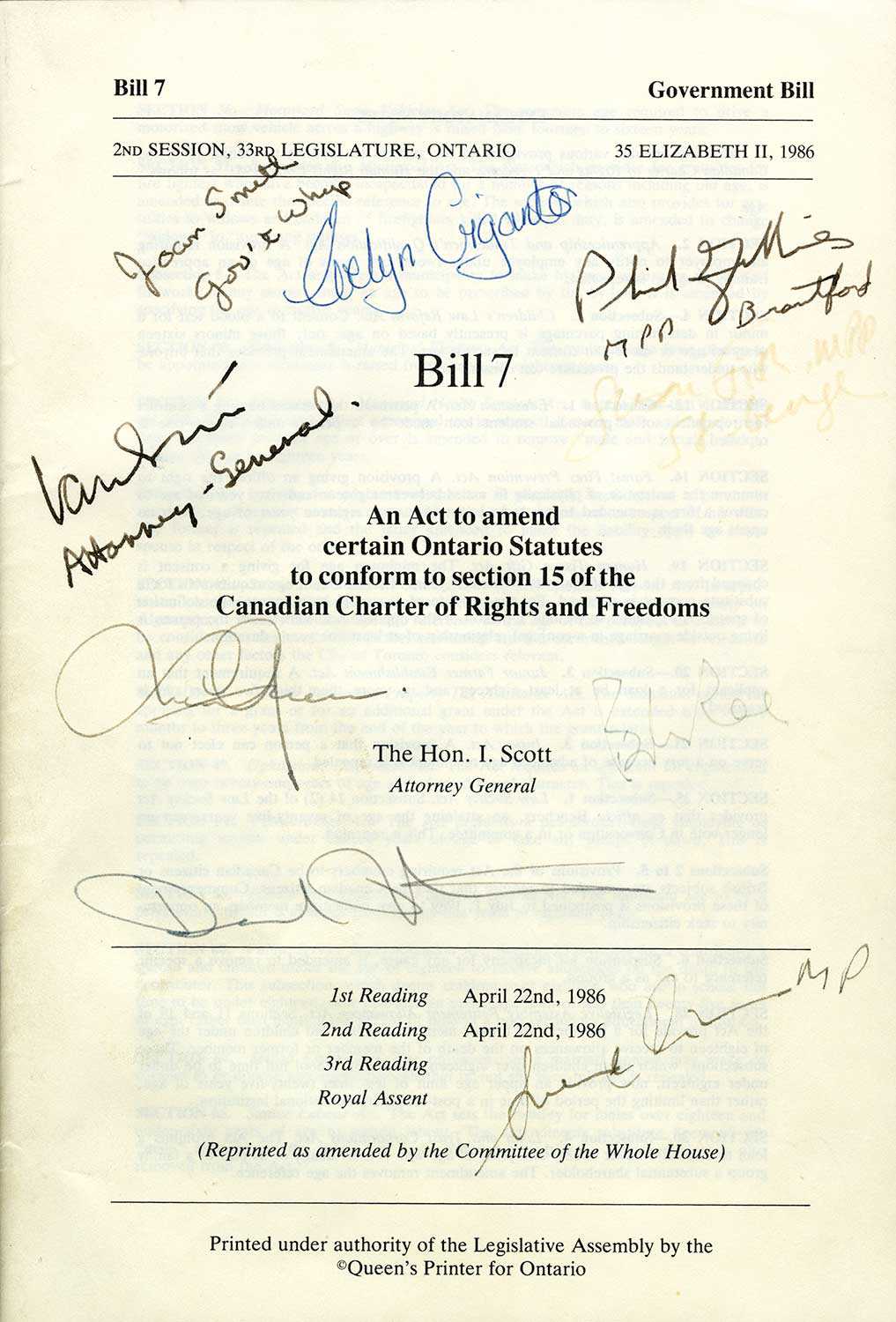

Browse by category
- Adaptive reuse
- Archaeology
- Arts and creativity
- Black heritage
- Buildings and architecture
- Communication
- Community
- Cultural landscapes
- Cultural objects
- Design
- Economics of heritage
- Environment
- Expanding the narrative
- Food
- Francophone heritage
- Indigenous heritage
- Intangible heritage
- Medical heritage
- Military heritage
- MyOntario
- Natural heritage
- Sport heritage
- Tools for conservation
- Women's heritage

- Home
- Adaptive reuse
- Archaeology
- Arts and creativity
- Black heritage
- Buildings and architecture
- Communication
- Community
- Cultural landscapes
- Cultural objects
- Design
- Economics of heritage
- Environment
- Expanding the narrative
Expanding the narrative
This is part of a broader conversation about whose history is being told, about gender, people of colour and the economically disenfranchised, and others whose stories have been overlooked or intentionally omitted from the authorized discussion.
- Food
- Francophone heritage
- Indigenous heritage
- Intangible heritage
Intangible heritage
Intangible cultural heritage includes language, traditions, music, food, special skills, etc.
- Medical heritage
- Military heritage
- MyOntario
- Natural heritage
- Sport heritage
- Tools for conservation
- Women's heritage
Making history
At 6 p.m. on December 2, 1986, Ontario’s legislative assembly was scheduled to vote on adding “sexual orientation” to the province’s Human Rights Code. Ten minutes away, at University College, I ended a late-afternoon class and ran over to the public gallery.
The vote was the only controversial item in Bill 7, with a series of amendments to the provincial Human Rights Code. David Peterson’s minority Liberal government was pressured to add this particular amendment by New Democrats and an LGBT movement with growing visibility and expanding alliances. A tidal wave of opposition was mobilized by Christian conservatives, but the nastiness it unleashed helped supporters, including Attorney-General Ian Scott and NDP member Evelyn Gigantes, convince colleagues of the need for political response to prejudice and discrimination directed at sexual minorities. That Tuesday evening, a majority of legislators – including all three party leaders – carried the amendment and Ontario became the second province (after Quebec) to officially take this early step toward more expansive public policy recognition of sexual diversity.
RelatedStories
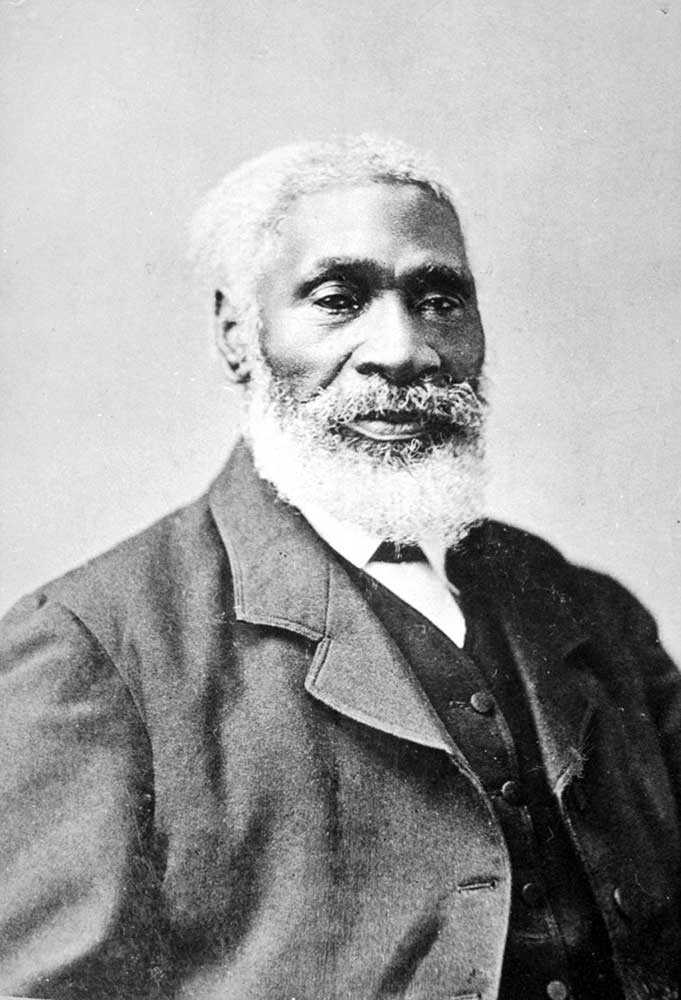
- 27 Jul 2022
- Expanding the narrative
Black heritage - Author: Beth Hanna and Steven Cook,
Celebrating Josiah – Introducing the Josiah Henson Museum of African-Canadian History
“I’ll use my freedom well.” Josiah Henson made this promise to Captain Burnham, who helped him and his family in the last part of their...
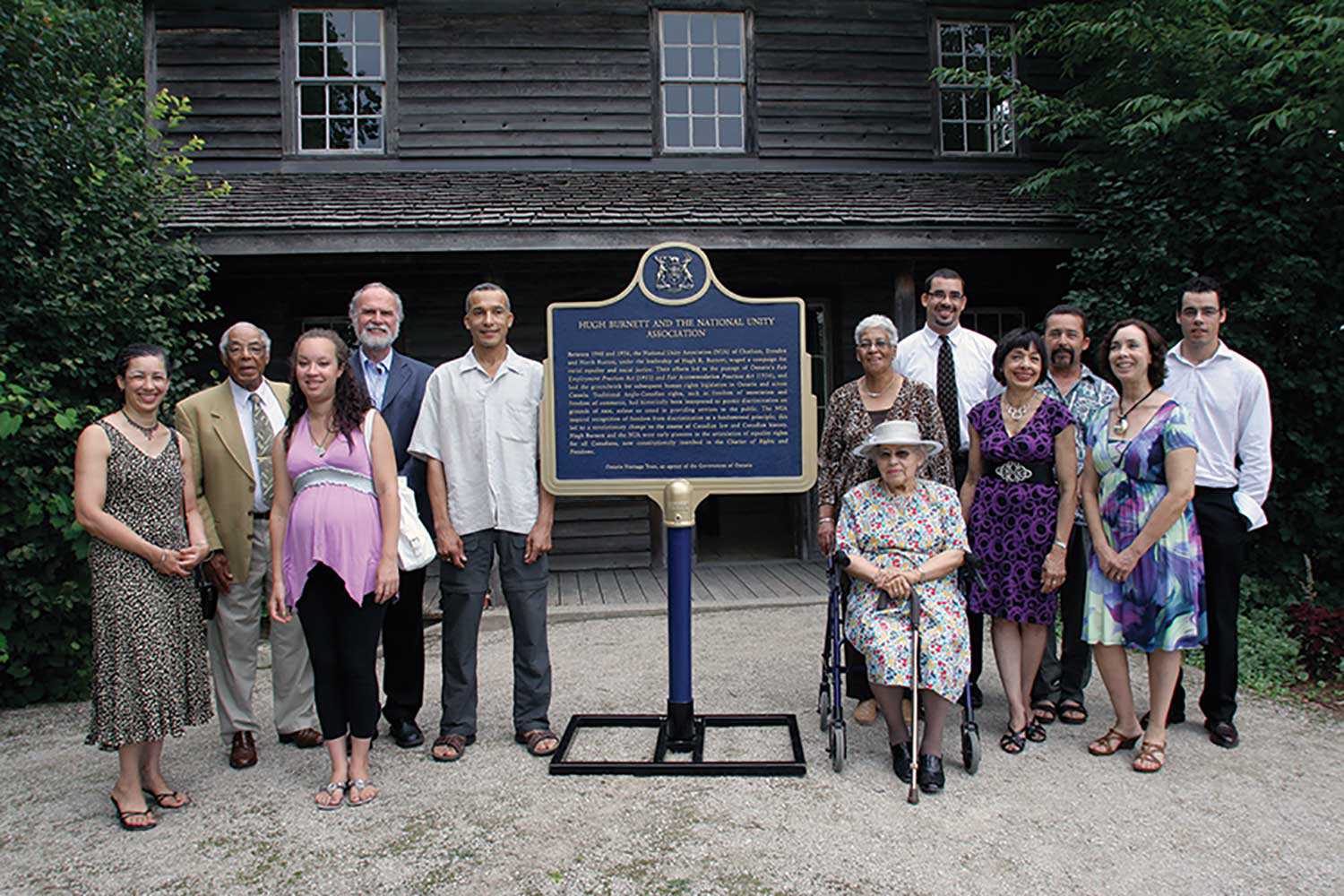
- 21 Apr 2022
- Expanding the narrative
Black heritage - Author: Beth Hanna,
Setting the record straight – Updating four Black history plaques
I’d like to tell you about Solomon Moseby. In 1837, Moseby fled to Niagara to escape slavery in Kentucky. When his extradition back to the...
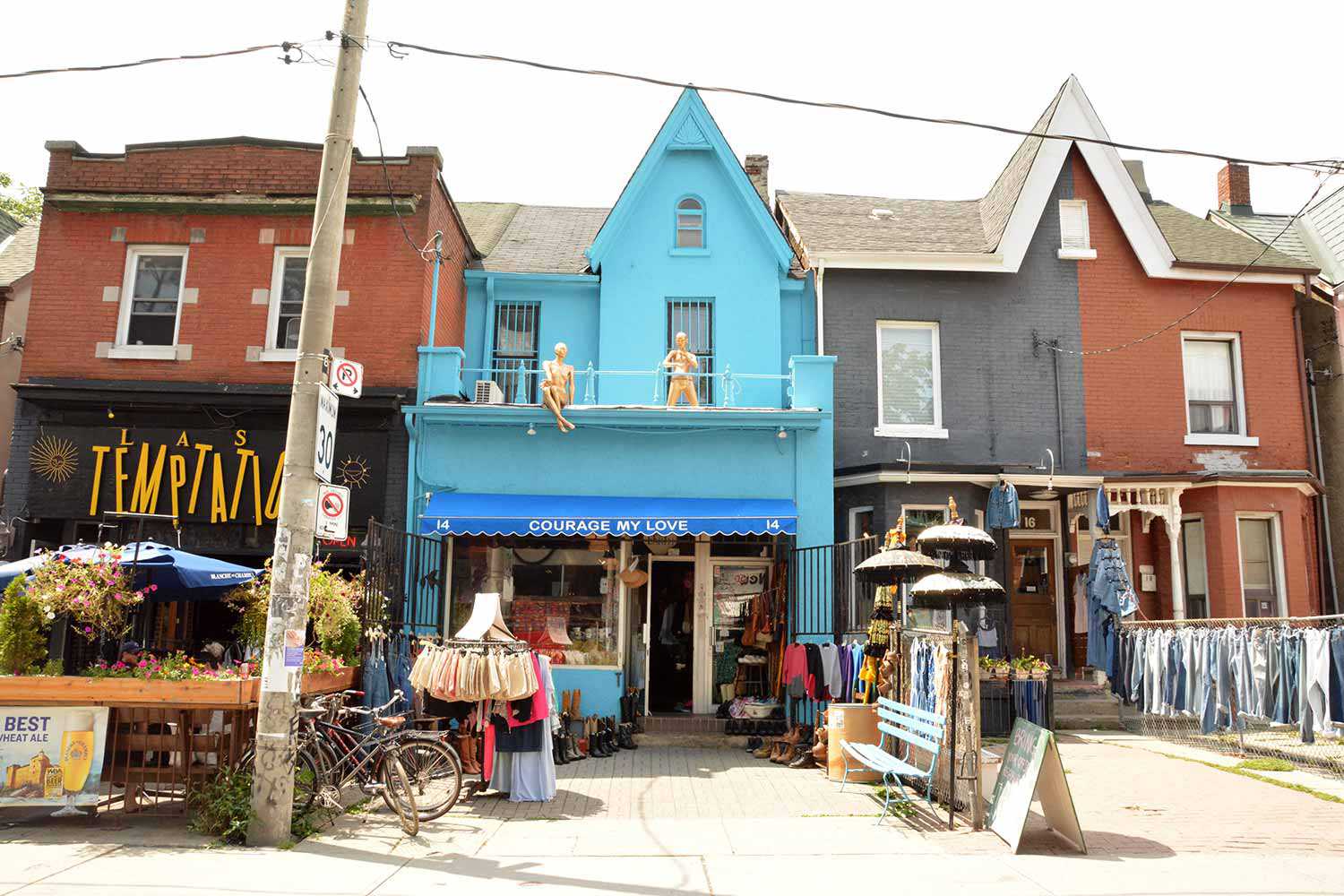
- 07 Sep 2018
- Expanding the narrative
- Author: Siobhan O'Flynn,
Kensington Market: Hidden histories
Ask any Torontonian where you must visit when you’re in town and, without a doubt, Kensington Market will be a fave recommendation. Located in the...
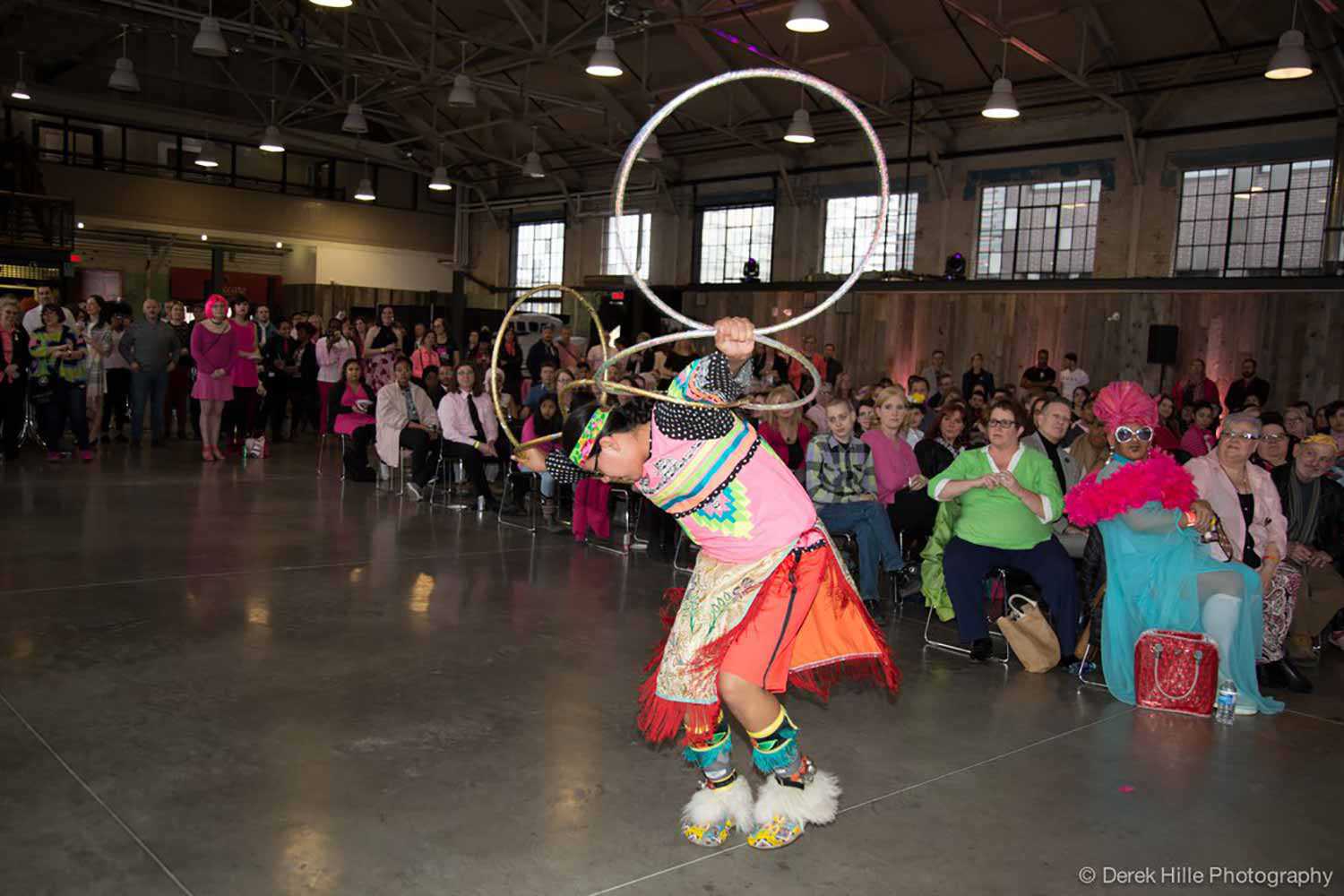
- 07 Sep 2018
- Expanding the narrative
- Author: Jeremy Dias,
Opening the doors to acceptance and understanding
Have you ever wondered what the colours on the rainbow flag mean or where they come from? How did Canadians legalize equal marriage, and how...
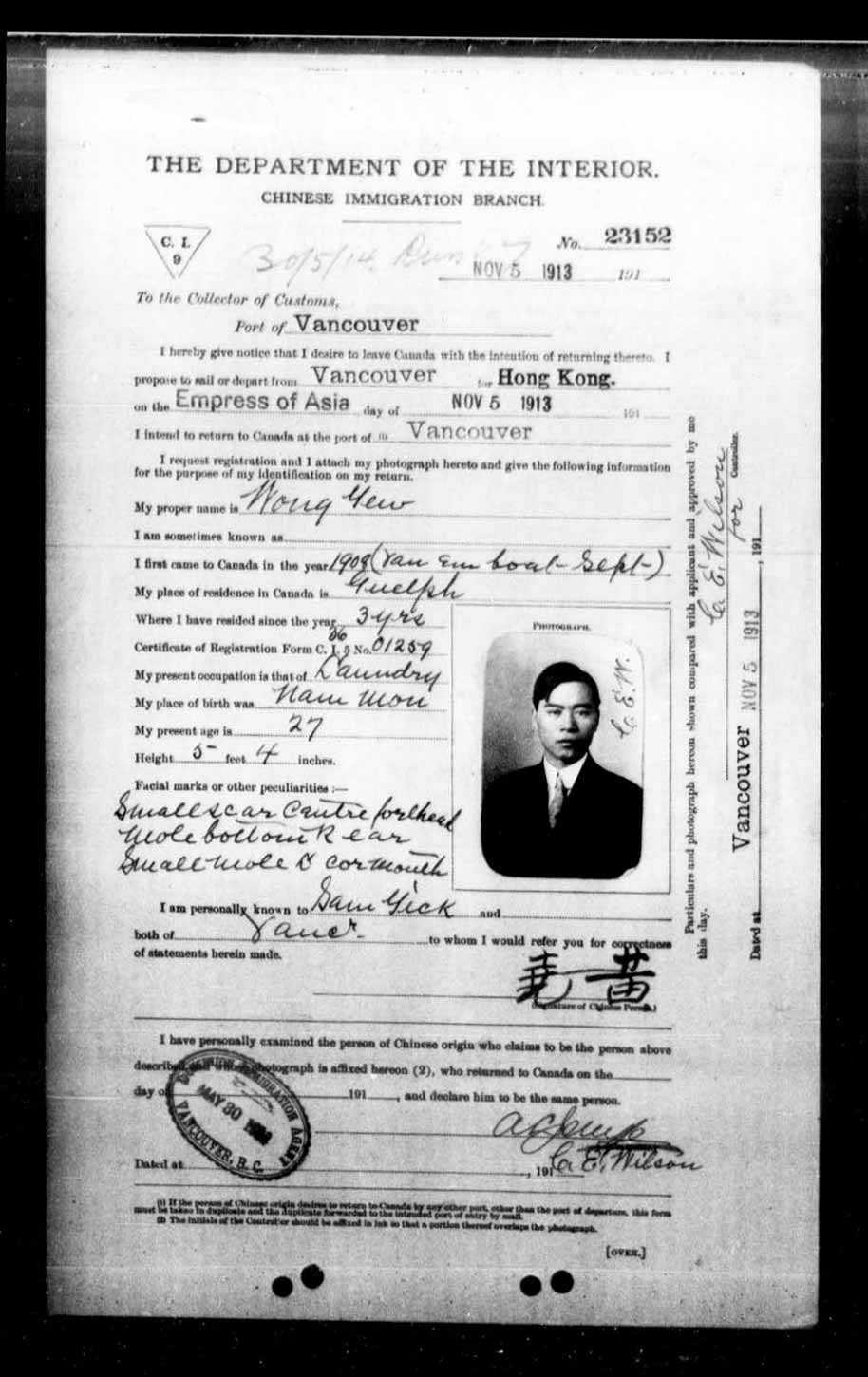
- 07 Sep 2018
- Expanding the narrative
- Author: Dr. Lily Cho,
Chinese Immigration 9: Certificates that produced non-citizens
Between 1885 and 1923, Chinese immigrants to Canada were subjected to a “head tax,” according to the terms of the Chinese Immigration Act. This legislation...
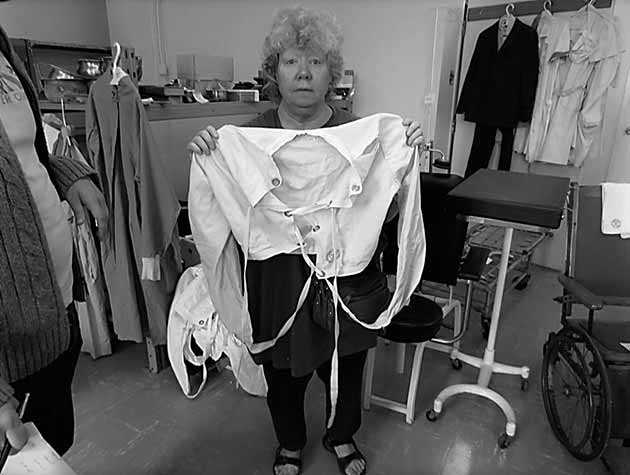
- 07 Sep 2018
- Expanding the narrative
- Author: Katherine Rossiter,
Preserving the Huronia Regional Centre
Along the shores of Lake Simcoe, the rolling hills of Ontario farm country slopes gently towards the water. Here, city dwellers flock to escape the...
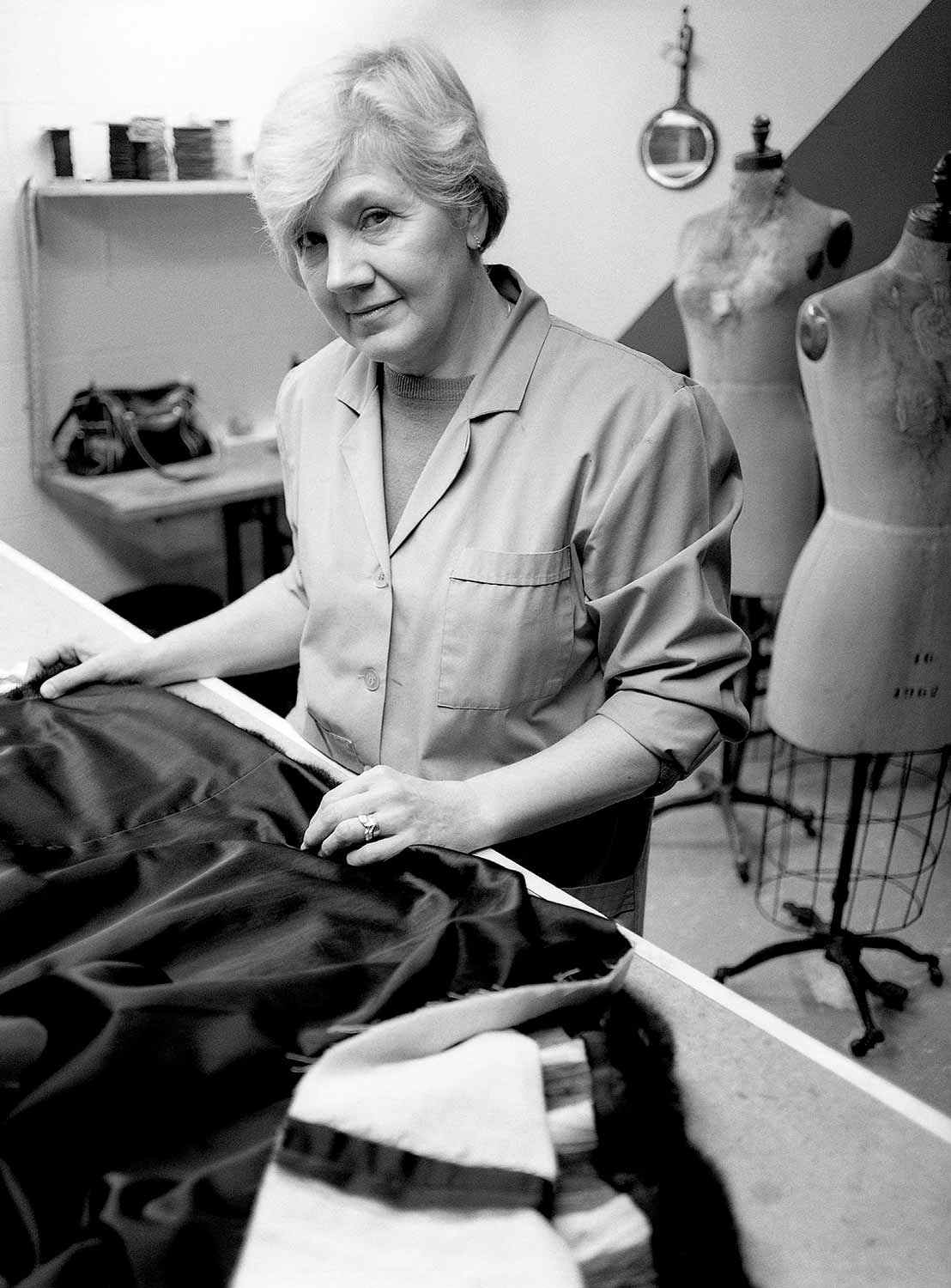
- 07 Sep 2018
- Expanding the narrative
- Author: Karl Kessler,
Portraits of a vanishing Canada
“The more you know about any life – or anything – the more you respect it.” Louis Pfeifer was one of Kitchener-Waterloo’s last shoemakers. Between...
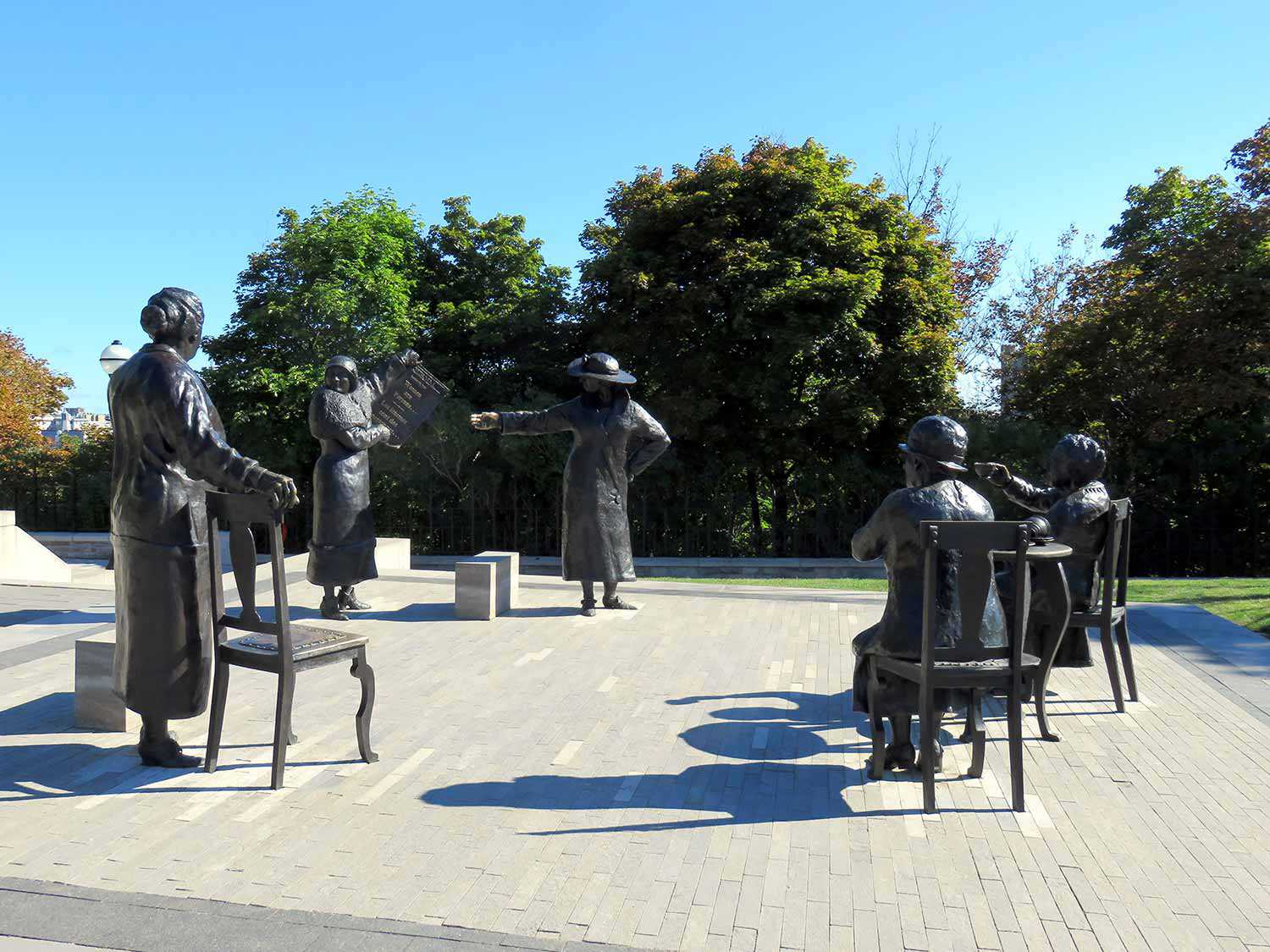
- 07 Sep 2018
- Expanding the narrative
- Author: Rose Fine-Meyer,
Frost on the bedroom walls: Sharing women’s stories in public spaces
Historical narratives and symbols can be powerful tools that unify a nation. The stories we share about the past help shape our lives and make...

- 07 Sep 2018
- Expanding the narrative
Indigenous heritage - Author: Gord Jones,
Pimachiowin Aki – Canada’s newest World Heritage Site
On July 1, 2018, during the 42nd Session of the World Heritage Committee in Manama, Bahrain, Pimachiowin Aki was inscribed on the UNESCO World Heritage...
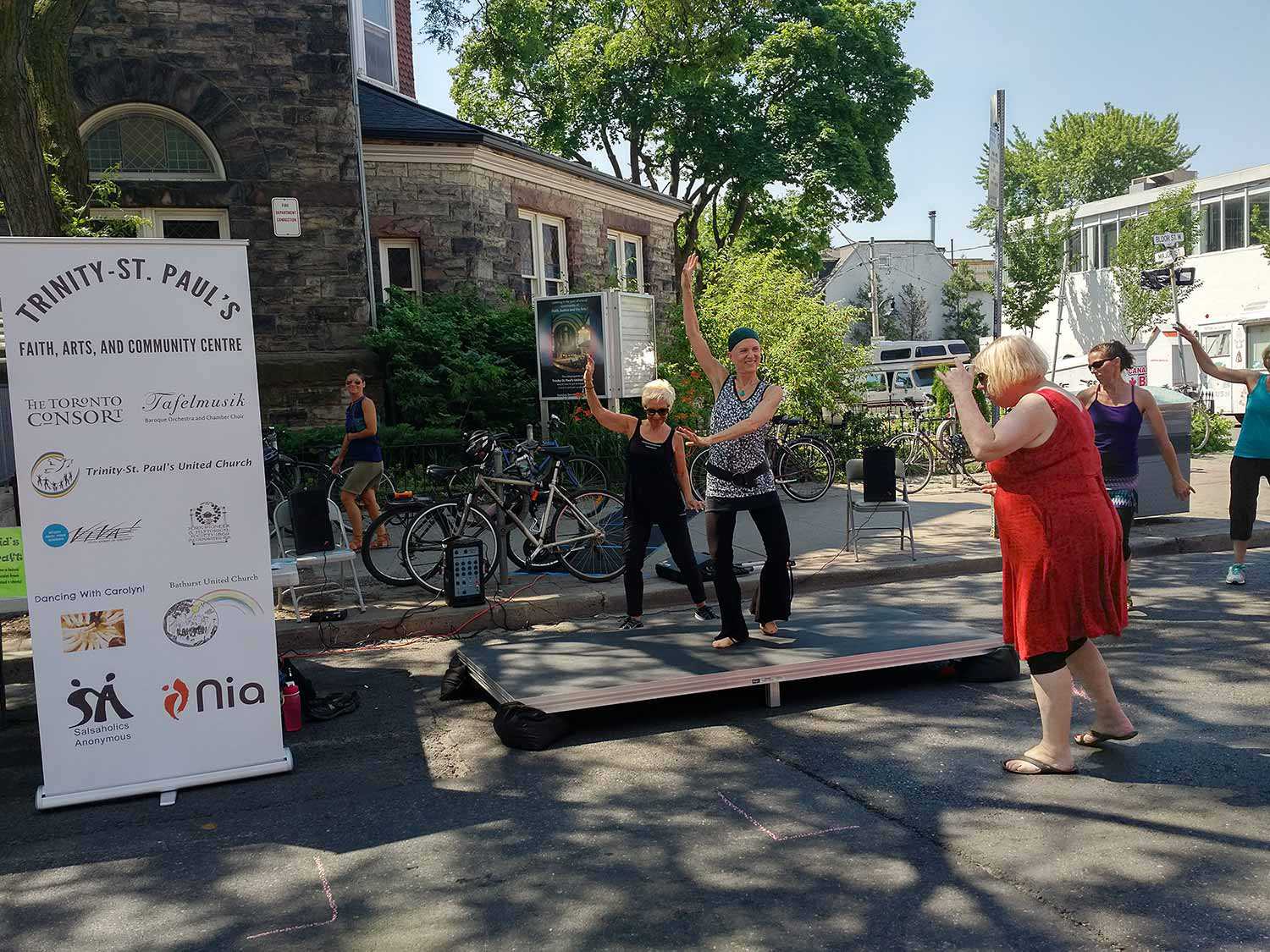
- 07 Sep 2018
- Expanding the narrative
- Author: Kendra Fry,
Faith buildings in the age of Spiritual Not Religious
My grandfather, Alfred Fry, was a United Church lay minister working throughout Bruce and Grey counties from 1954 to 1971 with much of his ministry...

- 07 Sep 2018
- Expanding the narrative
- Author: Armando Perla,
The Canadian Rohingya – Telling the full story
I was a curator with the Canadian Museum for Human Rights (CMHR) for almost nine years. I came to Canada 18 years ago as an...
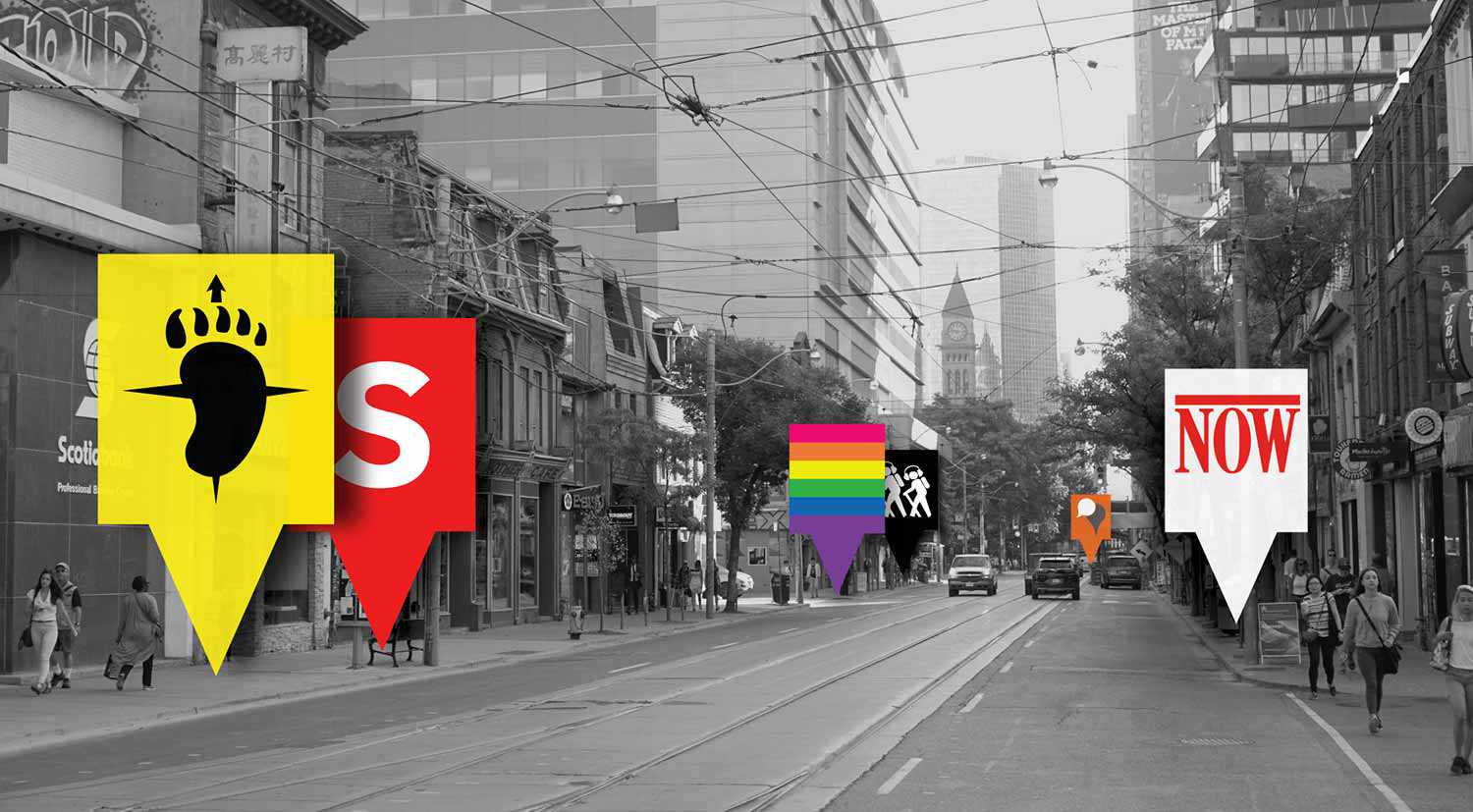
- 07 Sep 2018
- Expanding the narrative
- Author: Fred McGarry,
Driftscape – A critical exploration
Driftscape is a platform for collaborative publication and discovery of associative cultural landscapes. Our landscapes are caches of our histories, memories, stories, songs, spirits, myths...
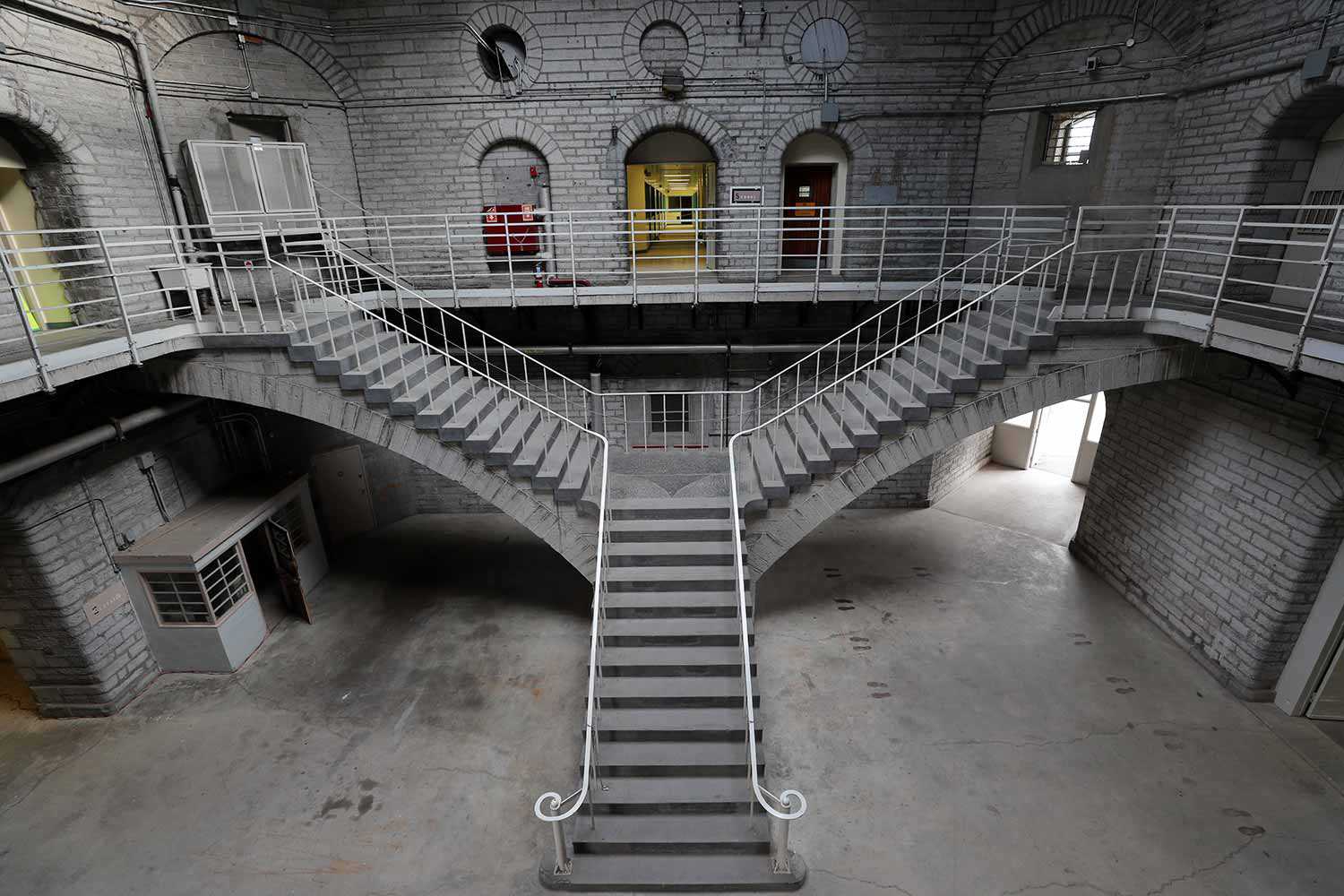
- 07 Sep 2018
- Expanding the narrative
- Author: Bronwyn Jaques,
A prison town’s difficult heritage
Heritage is no longer solely the conservation and appreciation of the beauty, creativity and innovation of the past. Heritage now encompasses the scars of history...
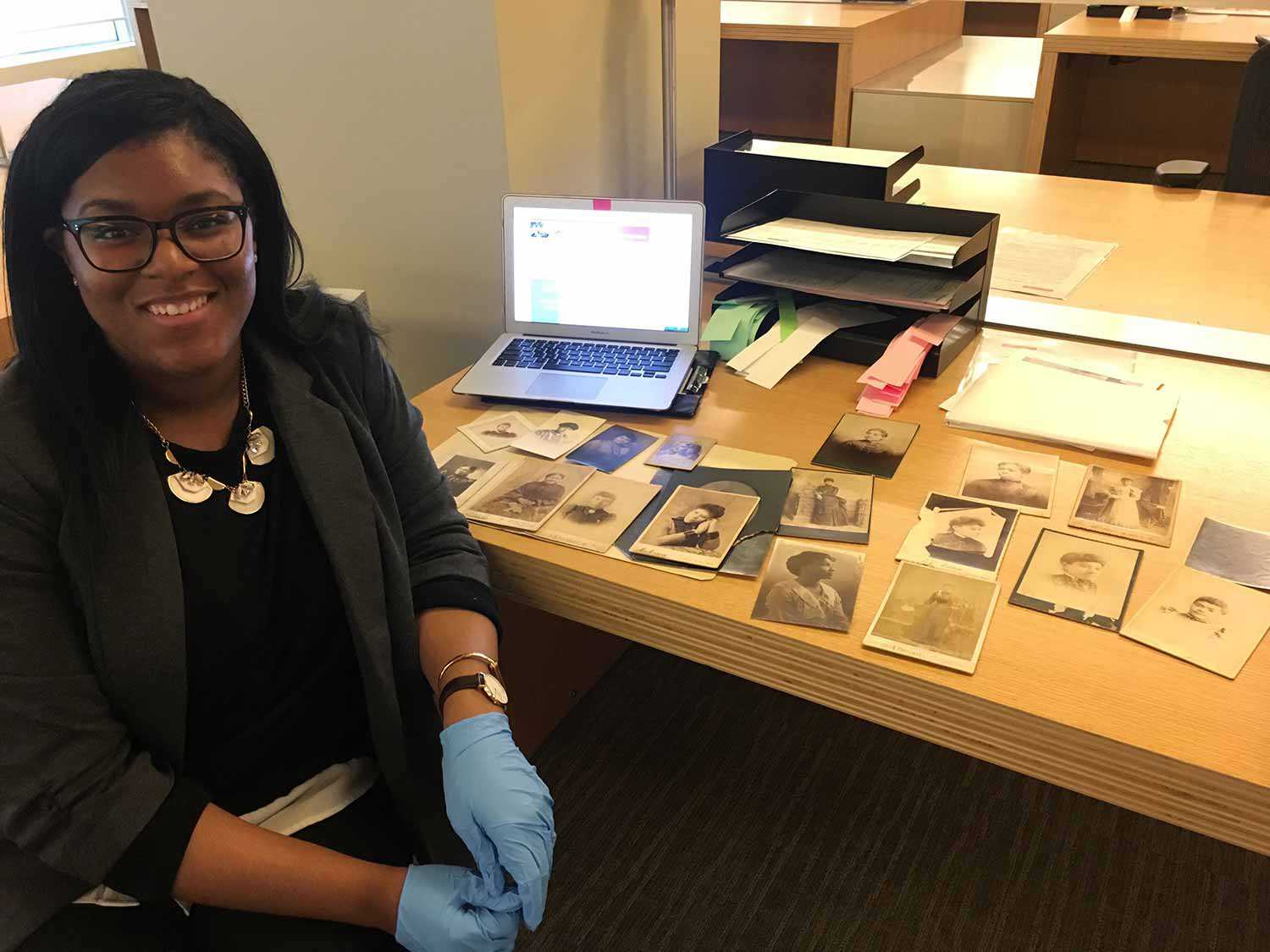
- 07 Sep 2018
- Expanding the narrative
Black heritage - Author: Kendra Campbell,
To be dignified, stylish and Black in the 19th century was to defy expectations
In summer 2018, the Black Artists’ Networks Dialogue Gallery and Cultural Centre (BAND) presented Redefining Black Identity, an exhibit that featured 19th-century Black portraiture. The...

- 07 Sep 2018
- Expanding the narrative
Indigenous heritage - Author: Anne Taylor,
All land is sacred
According to all First Nations on Turtle Island, ALL LAND IS SACRED. We do not consider that some places are more sacred than others. All...
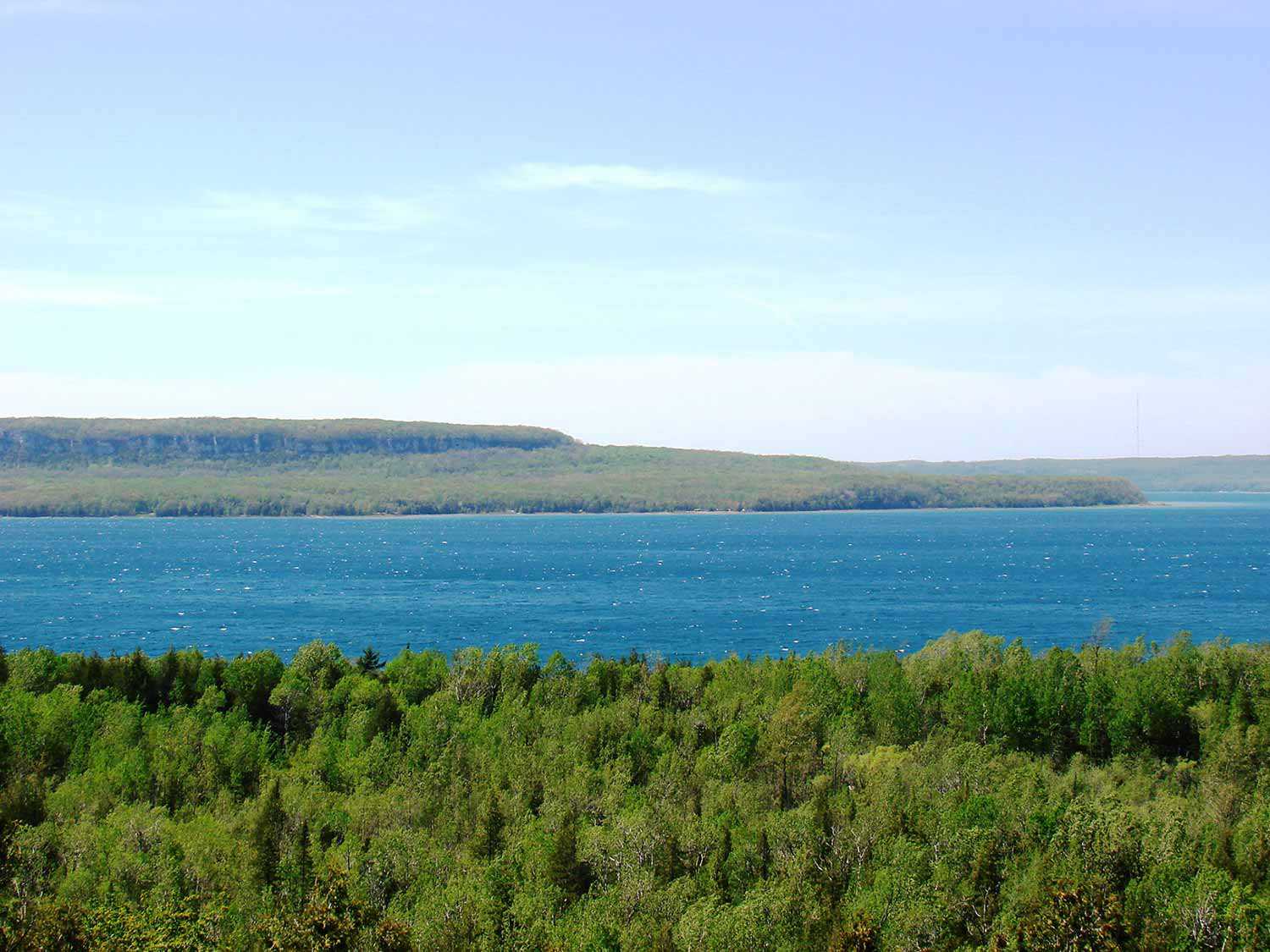
- 07 Sep 2018
- Expanding the narrative
- Author: Beth Hanna,
Shifting the narrative
The past few months have witnessed an important conversation among Canadians – and, in fact, across North America – about the historical value of statues...
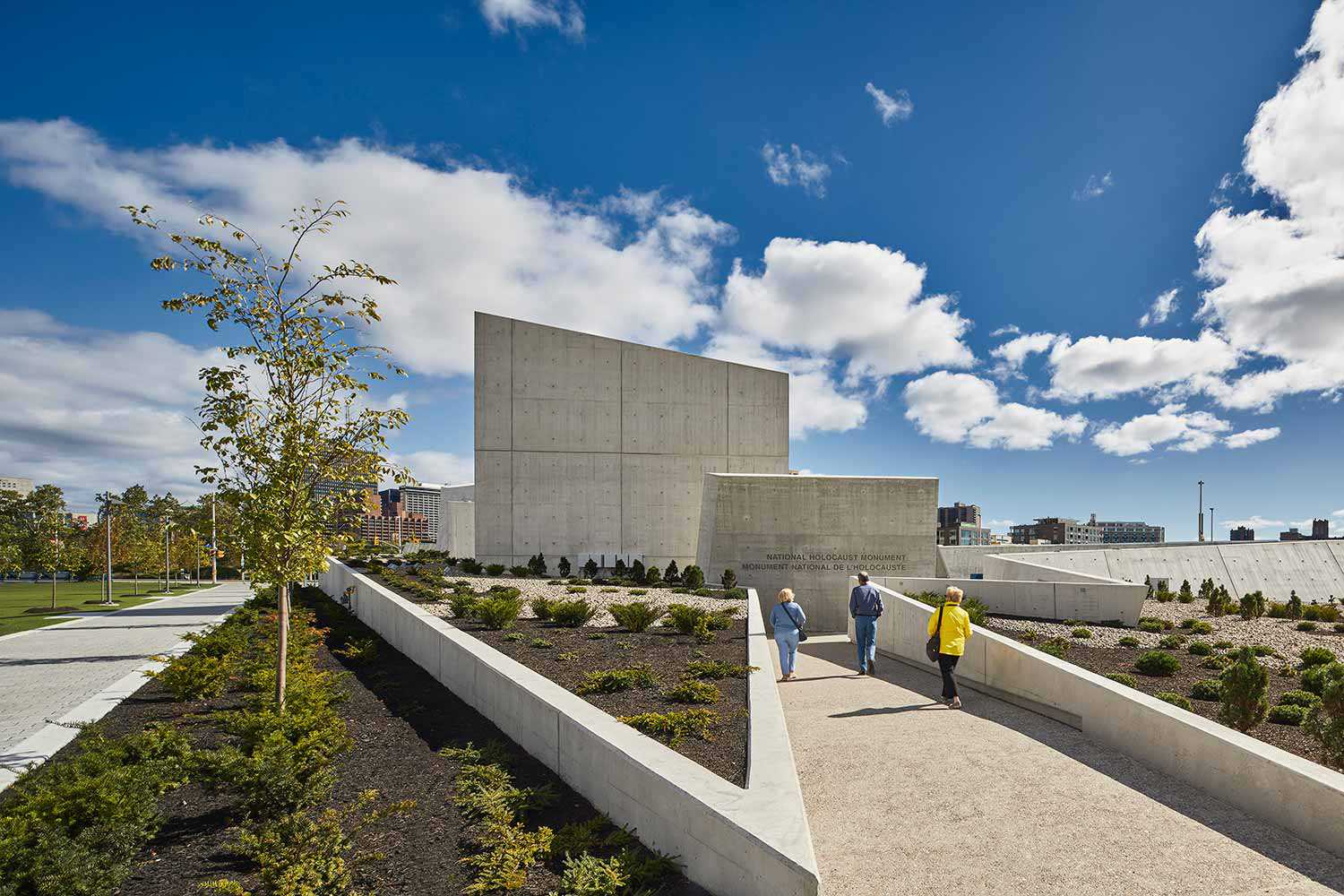
- 07 Sep 2018
- Expanding the narrative
- Author: Margi Oksner,
Canada’s newest landmark: The Canadian National Holocaust Monument
On September 27, 2017, Prime Minister Justin Trudeau officially inaugurated the National Holocaust Monument in Ottawa. The monument stands at the northeast corner of Booth...

- 17 Feb 2017
- Buildings and architecture
MyOntario - Author: Kevin Mannara,
What was and what will be
The term symbolkirchen can roughly be translated as a “symbol bearing church.” Such churches point to living realities beyond ourselves and hold the potential to...
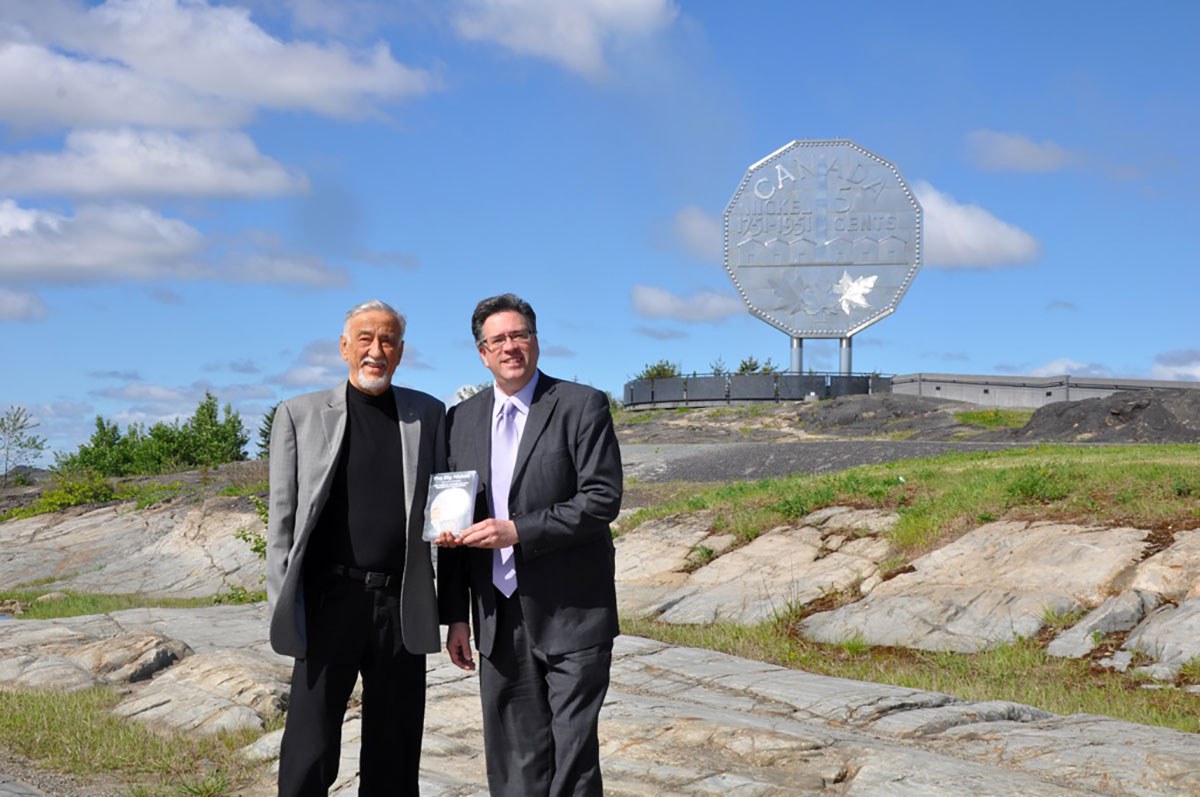
- 17 Feb 2017
- MyOntario
- Author: Jim Szilva,
A nickel and a prayer
In 1963, a firefighter named Ted Szilva entered a contest organized by the Canadian Centennial Committee in Sudbury. The committee asked residents of the city...

- 17 Feb 2017
- MyOntario
- Author: James Raffan,
On Cranberry Lake
Afloat at dawn and inhaling the misty rays of rising late-summer sun. Other days, it might be a sunset paddle with a Thermos of coffee...
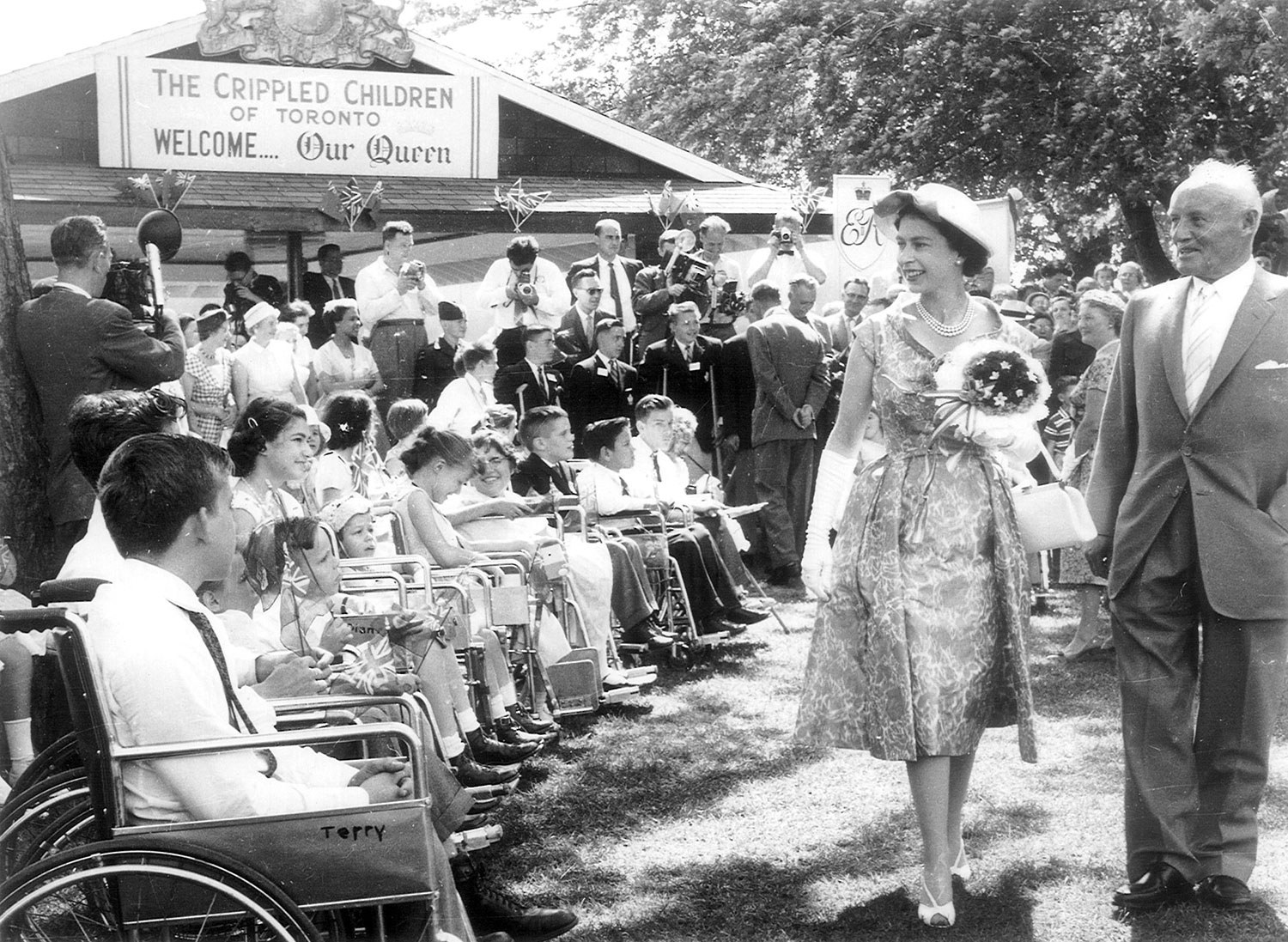
- 17 Feb 2017
- MyOntario
- Author: David Onley,
Thoughts about Ontario at 150
The photo became an heirloom in our family: a picture of Her Majesty the Queen at Kew Gardens in The Beach, escorted by Toronto Maple...
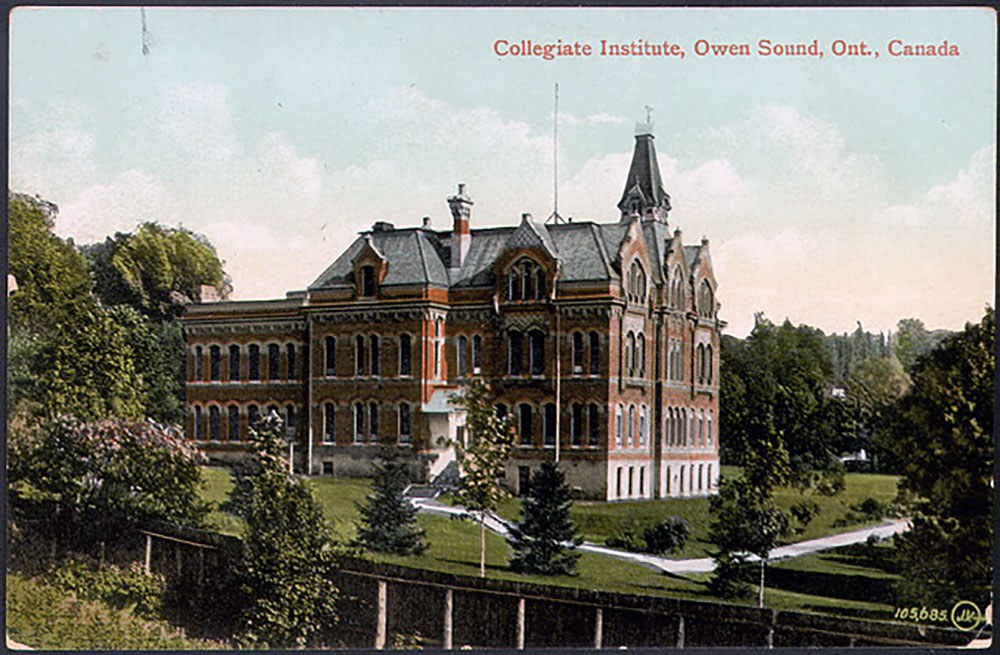
- 17 Feb 2017
- MyOntario
- Author: Melanie Pledger,
Learning from the past
I’m proud to be a Canadian. I’m also proud to be an Ontarian. Going one step further, I’m proud to be a Falcon. In 2014...
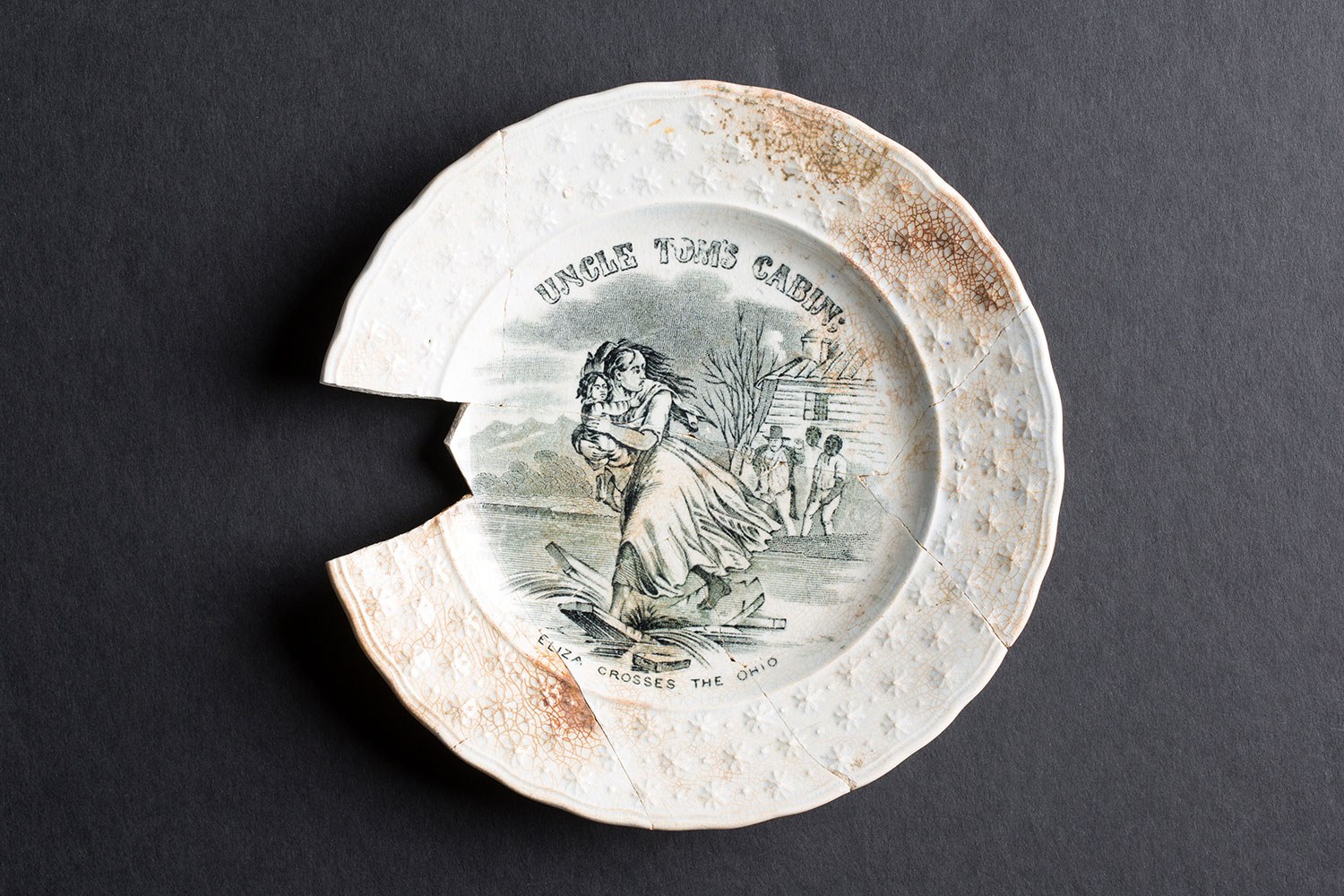
- 17 Feb 2017
- Black heritage
MyOntario - Author: Holly Martelle,
Hopes for the future
My life as an archaeologist often consists of hour upon hour of painstaking analysis of small bits and pieces of everyday life. But last year...
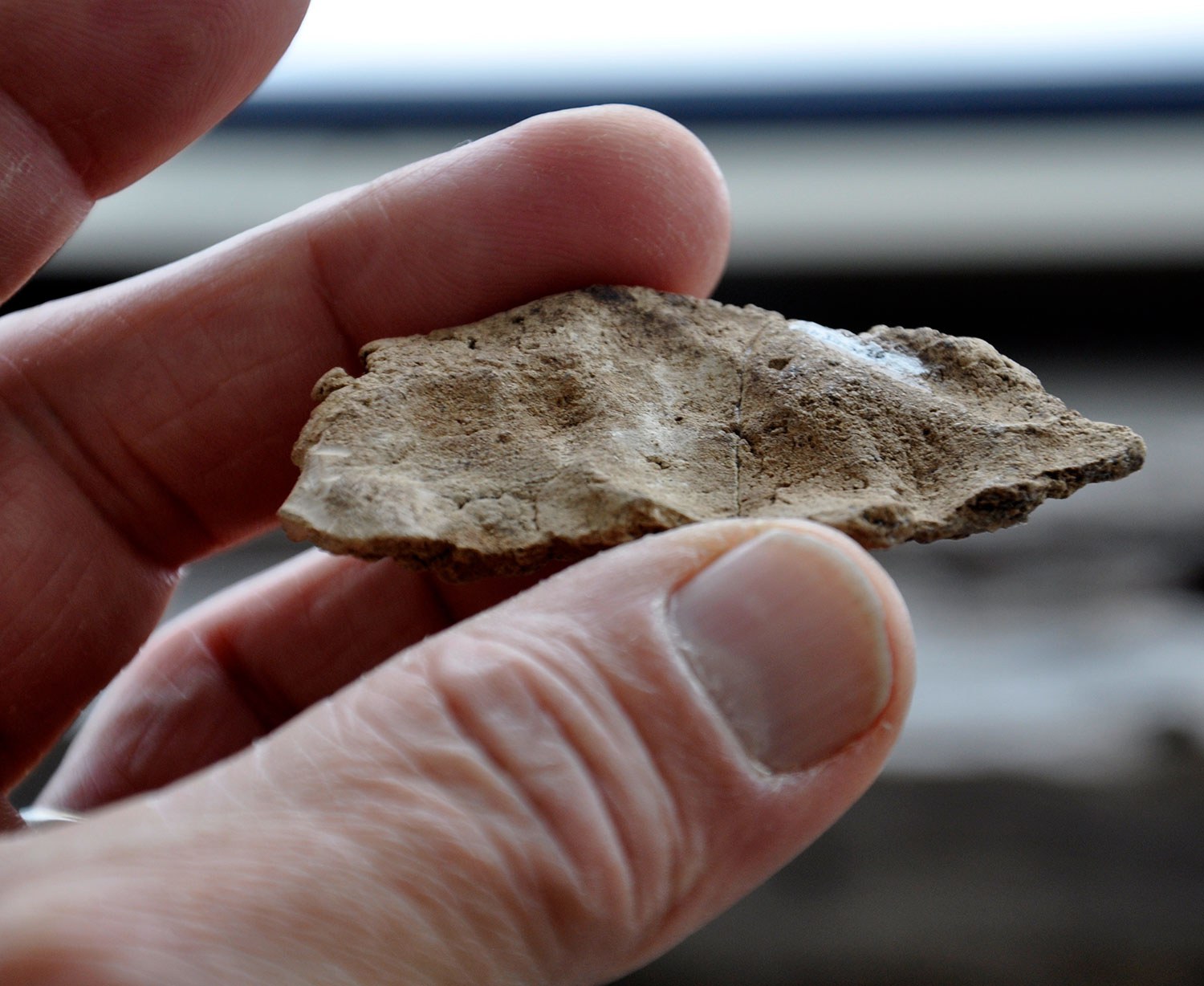
- 17 Feb 2017
- Indigenous heritage
Archaeology
MyOntario - Author: Jean-Luc Pilon,
The gift of time travel
In the summer of 1982, I was carrying out archaeological research near the shores of Hudson Bay on the Severn River. One of the sites...

- 17 Feb 2017
- Buildings and architecture
MyOntario - Author: Georges Quirion,
Ontario’s rich industrial history
Northern Ontario has unique structures, not familiar to many, spread out through small northern communities, reflecting its rich history and its vast wealth of precious...
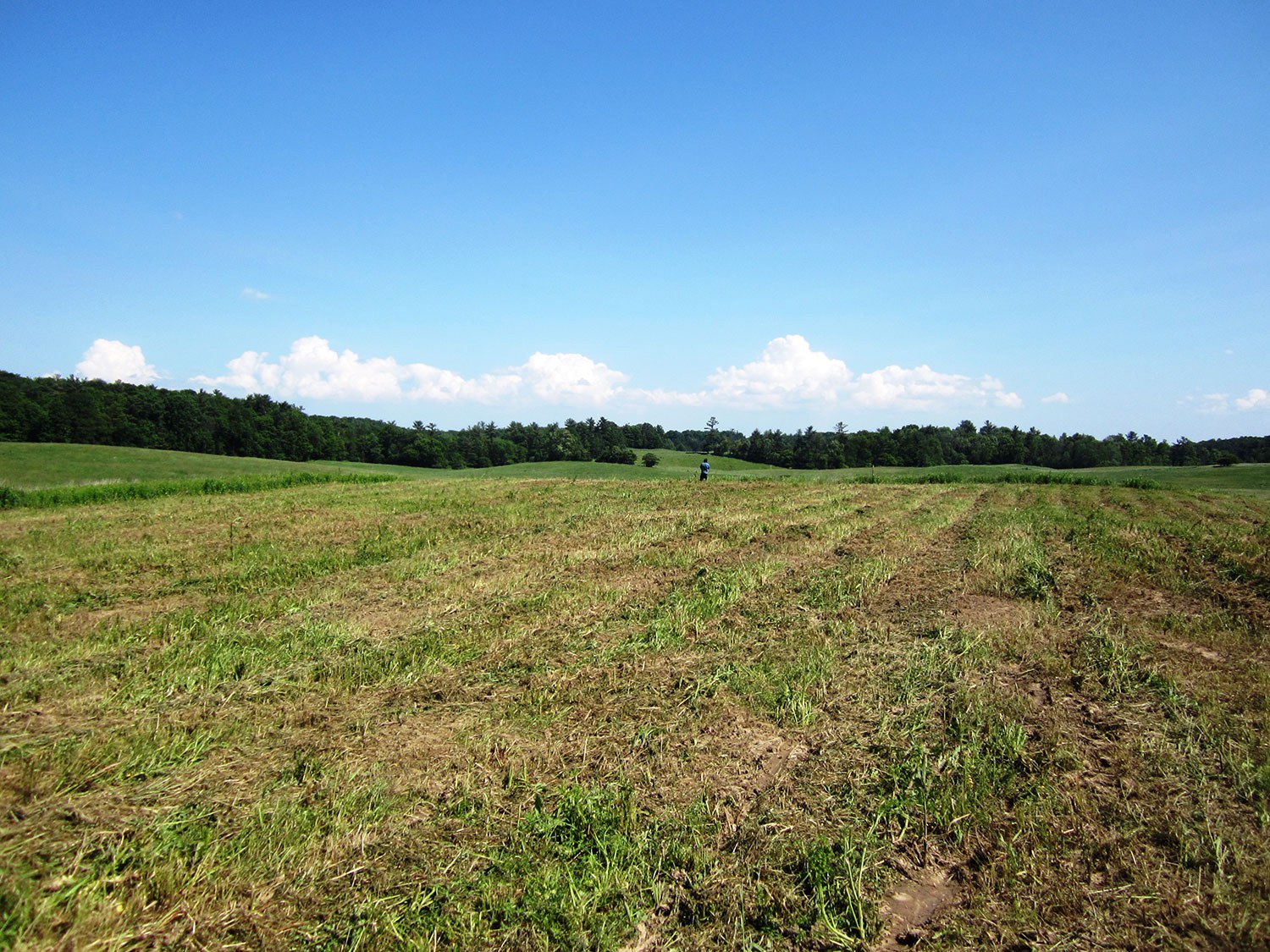
- 17 Feb 2017
- Indigenous heritage
MyOntario - Author: Konrad Sioui,
The heart of North America
There are many stories that we can share. Well, first of all, the word “Ontario” itself. Many people don’t know what it means. People try...
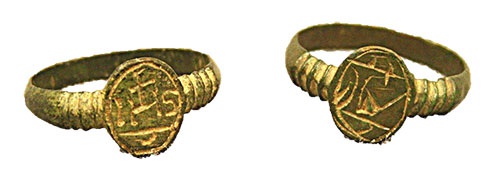
- 17 Feb 2017
- Archaeology
MyOntario - Author: William R. Fitzgerald,
A divine intersection of history and archaeology
Suspicion, fear, and intimidation met Jesuit priests Jean de Brébeuf and Pierre-Joseph-Marie Chaumonot during their Mission of the Angels to “la Nation Neutre” between November...
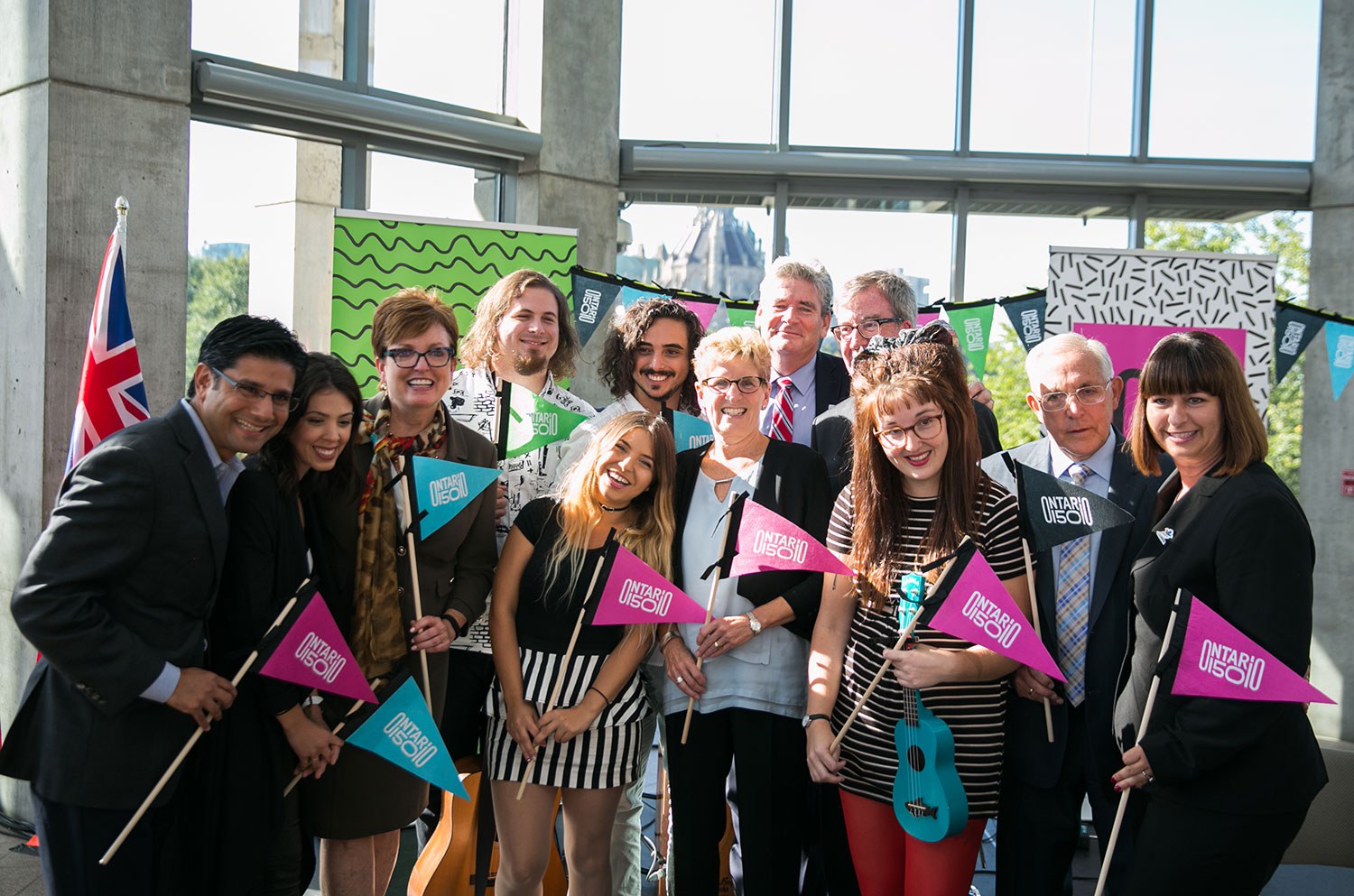
- 17 Feb 2017
- MyOntario
- Author: Eleanor McMahon,
A Place to Stand
As Minister of Tourism, Culture and Sport, I’ve had the privilege to meet many proud, talented and hardworking Ontarians through my participation in a number...
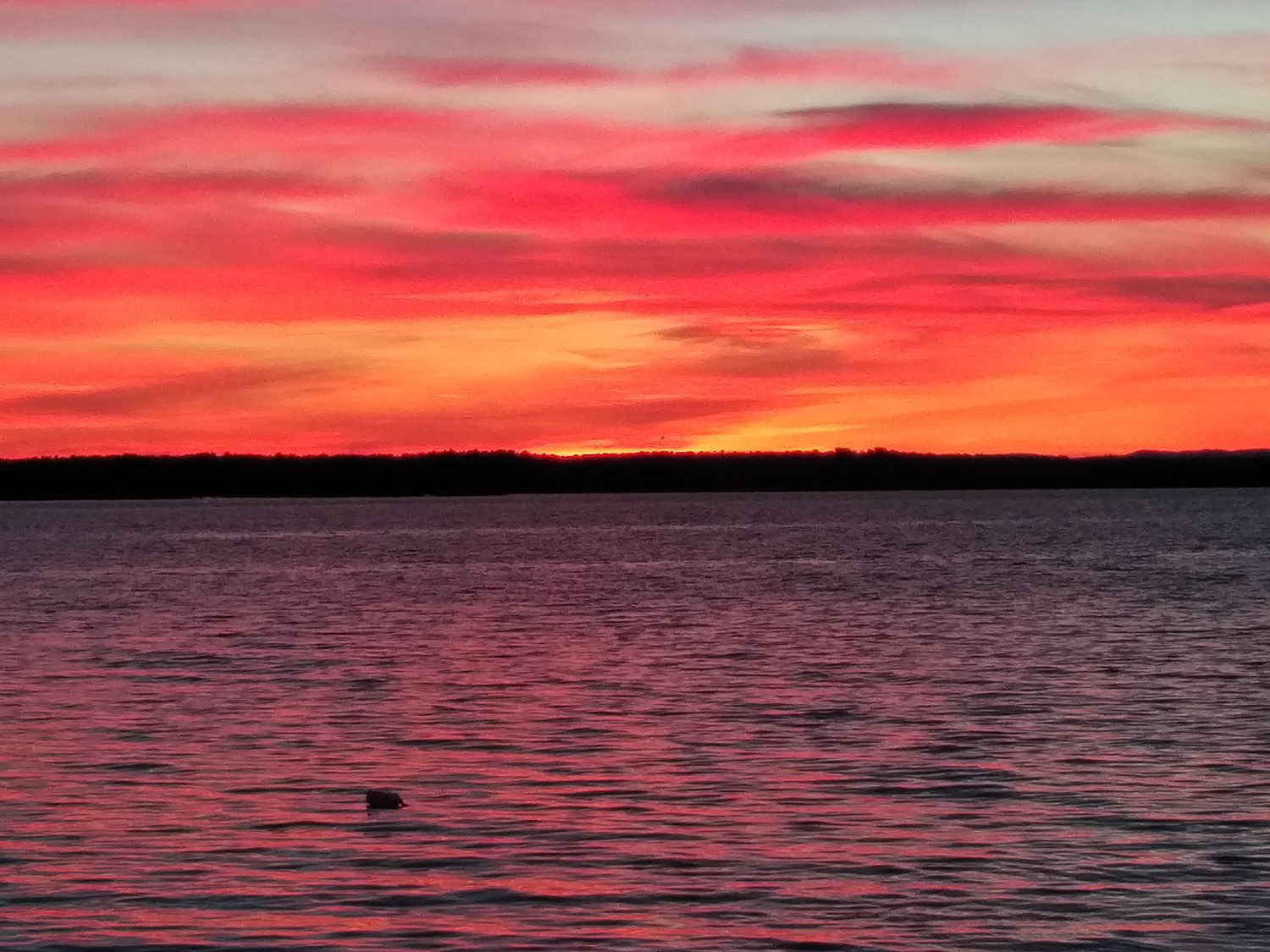
- 17 Feb 2017
- Natural heritage
MyOntario - Author: Steve Paikin,
Heaven on earth
A month before Ontario turns 150 years old, I’ll celebrate my 57th birthday. I’ve lived all but one of those years in the province of...

- 17 Feb 2017
- MyOntario
- Author: Scarlett Janusas,
Underwater archaeology
I’ve always had a passion about archaeology and also about water. I love being on the water and under it. So, what better way to...

- 17 Feb 2017
- Natural heritage
MyOntario - Author: Yannick Bisson,
Reconnecting with nature
My first visit to Ontario, from Québec, was at about age 8. I have a distinct memory of arriving by car down the Don Valley...
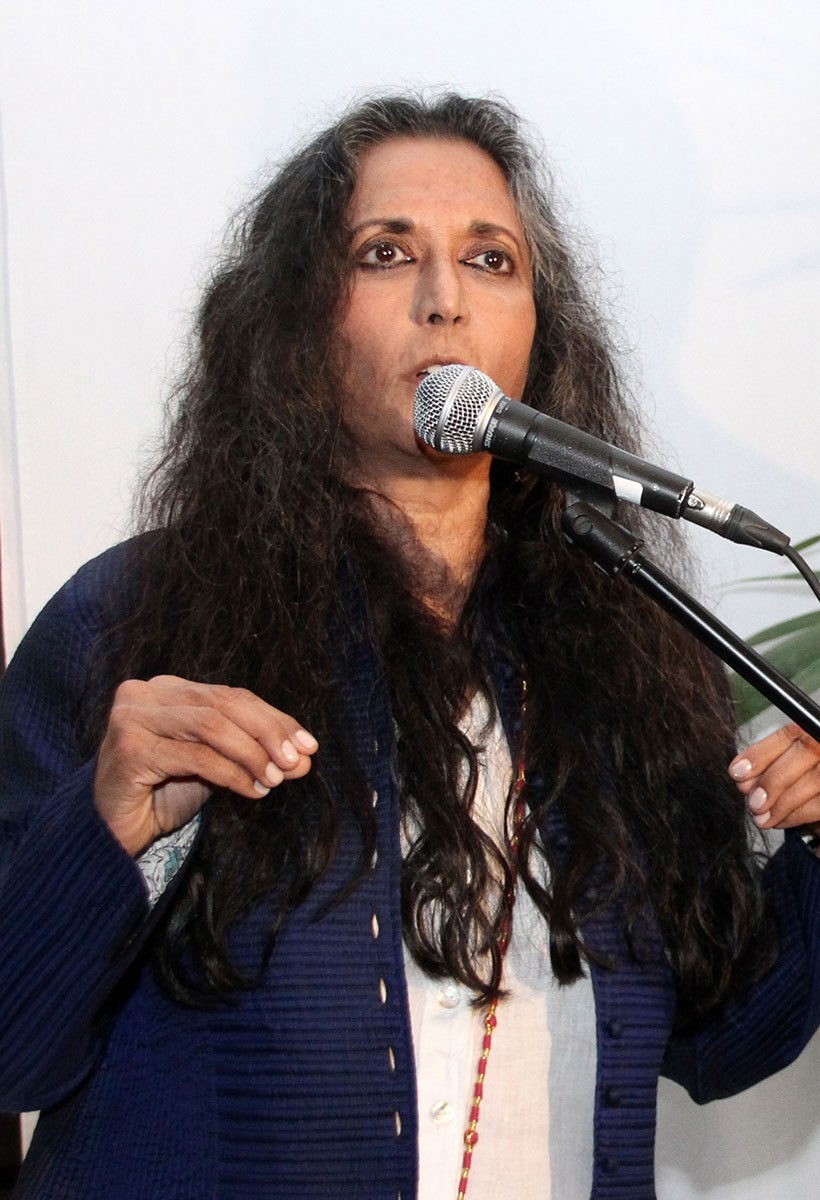
- 17 Feb 2017
- MyOntario
- Author: Deepa Mehta,
Ontario’s rich diversity
When I think of Ontario, I think of inclusion, diversity and the resulting richness it brings to our province. In a world that is becoming...
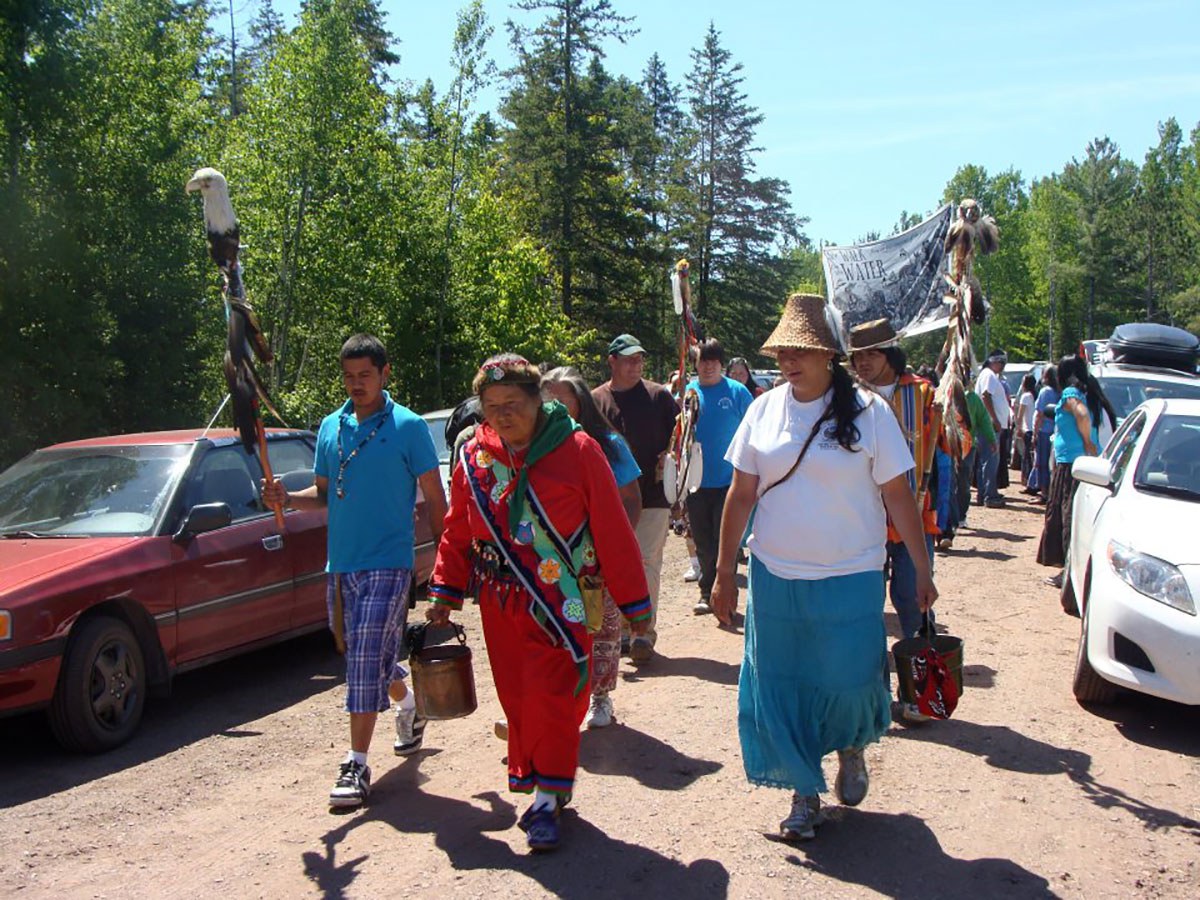
- 17 Feb 2017
- Indigenous heritage
MyOntario - Author: Josephine Mandamin,
Walking with the water
When we walk with the water, we pray for the water. The water that we carry, we pray for it, and we pray to it...
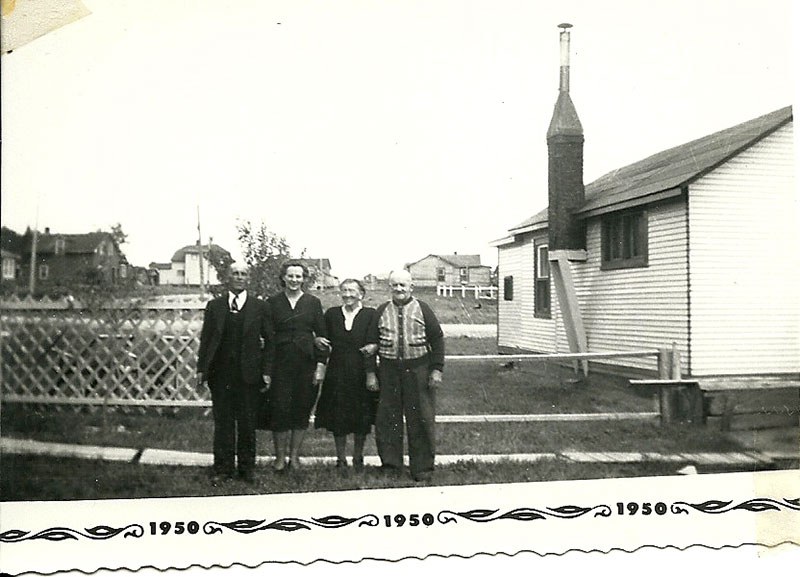
- 17 Feb 2017
- Francophone heritage
MyOntario - Author: Joëlle Roy,
Descendants de la Vallée du Saint-Laurent
Il est parti au chantierY avait à peine 15 ansY a moyen de s’en sortirPour ça, faut faire d’l’argentY en a en Ontario sous la...
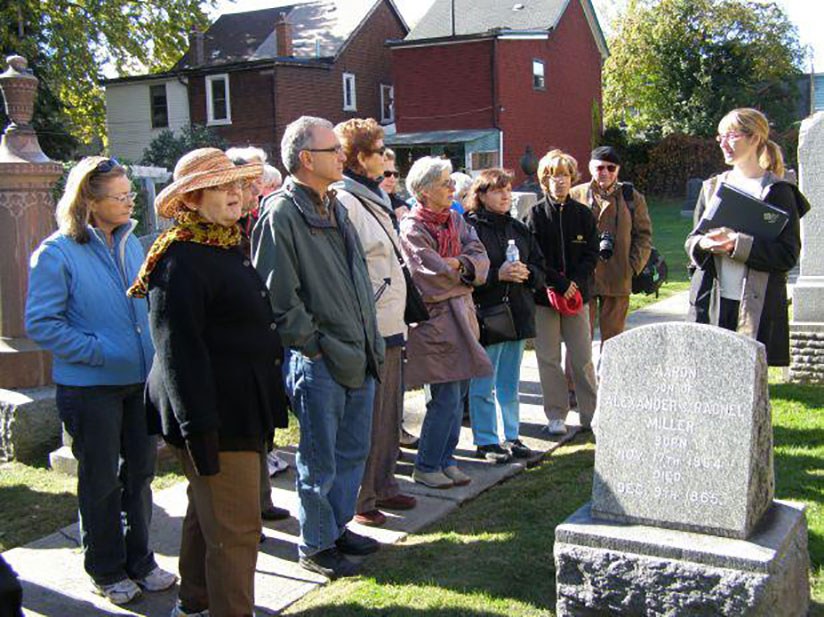
- 17 Feb 2017
- MyOntario
- Author: Ellen Scheinberg,
Celebrating the history of Toronto’s Jewish cemeteries
Over the past decade, I have developed a passion for cemeteries. It started during my tenure as Director of the Ontario Jewish Archives, when I...
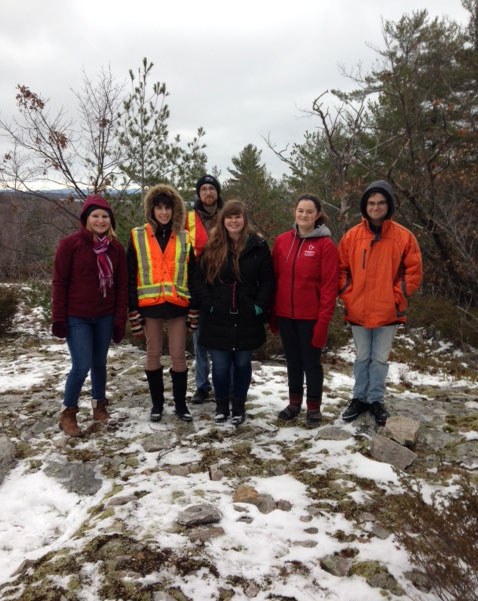
- 17 Feb 2017
- Archaeology
MyOntario - Author: Dr. Patrick Julig,
Reflections on ancient quarry sites of northern Ontario
In the 1980s-90s, I excavated at Cummins and Sheguiandah National Historic Site quarry/ workshops in northern Ontario – in addition to many neat places elsewhere...

- 17 Feb 2017
- MyOntario
- Author: The Honourable Elizabeth Dowdeswell,
The conscience of our province
Ontario’s Legislative Building, completed in 1893, is a magnificent structure filled with stories from the most significant moments in our province’s modern history. The place...

- 17 Feb 2017
- Indigenous heritage
Buildings and architecture
MyOntario - Author: R. Donald Maracle,
Christ Church, Her Majesty’s Chapel Royal of the Mohawk – Tyendinaga Mohawk Territory
During the American Revolution, the Mohawks were forced to flee their homeland in upper New York State. In 1784, after spending several years in Lachine...

- 17 Feb 2017
- MyOntario
- Author: Larry Richards,
Ontario trains
My first views of Ontario were from a passenger train 45 years ago. In 1972, I crossed the border at Detroit and took a train...

- 17 Feb 2017
- Natural heritage
MyOntario - Author: Joseph Desloges,
Celebrating the Chinguacousy Badlands
The Chinguacousy (“land of the young pines”) Badlands have been visited by hundreds of thousands of Ontarians. This rapidly eroding clay-shale bedrock at the foot...
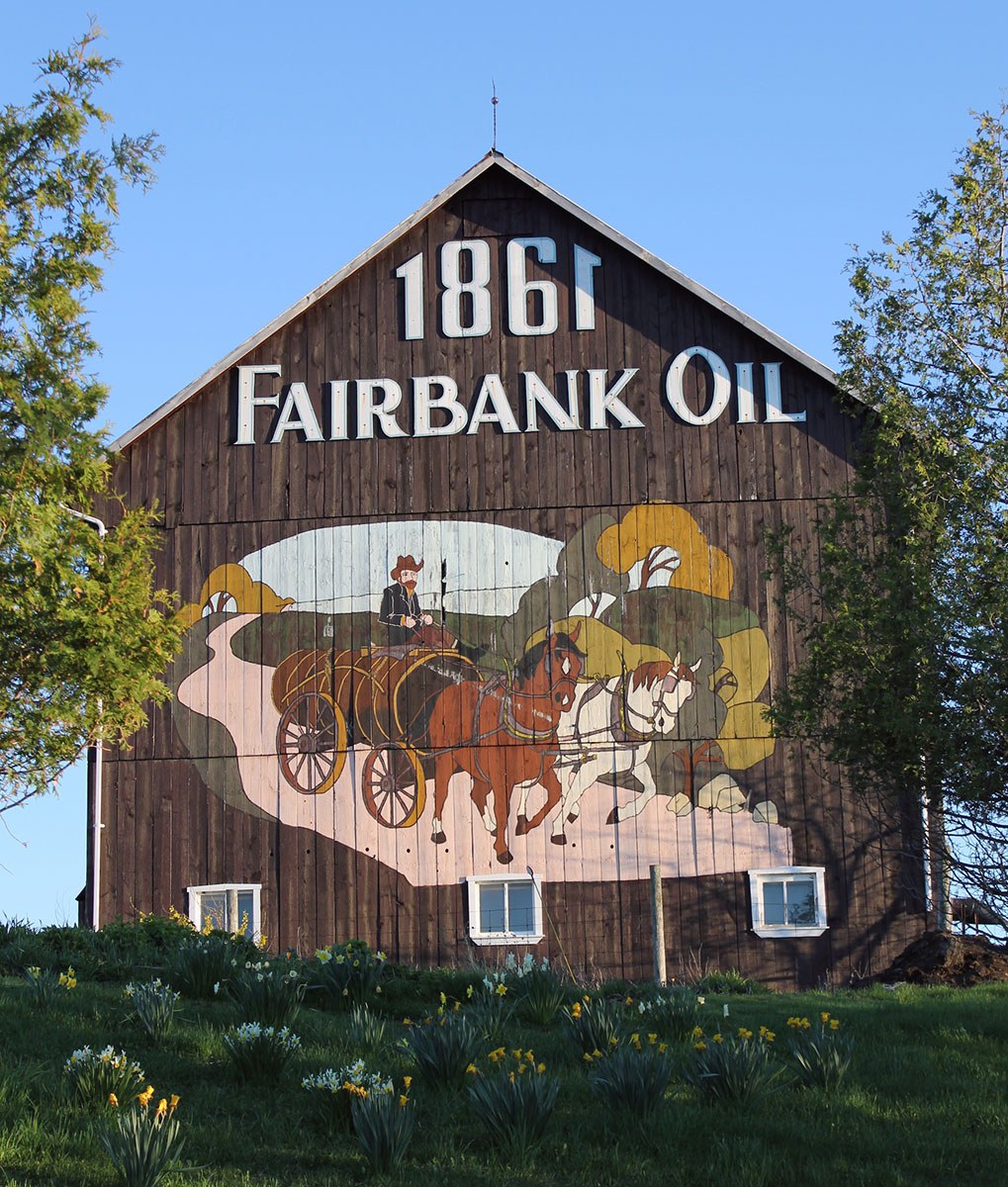
- 17 Feb 2017
- MyOntario
- Author: Charlie Fairbank,
An enduring landscape
Each morning, I open the door of our farmhouse and step into an enduring landscape of beauty, shaped by horse and man. Sheep dot the...
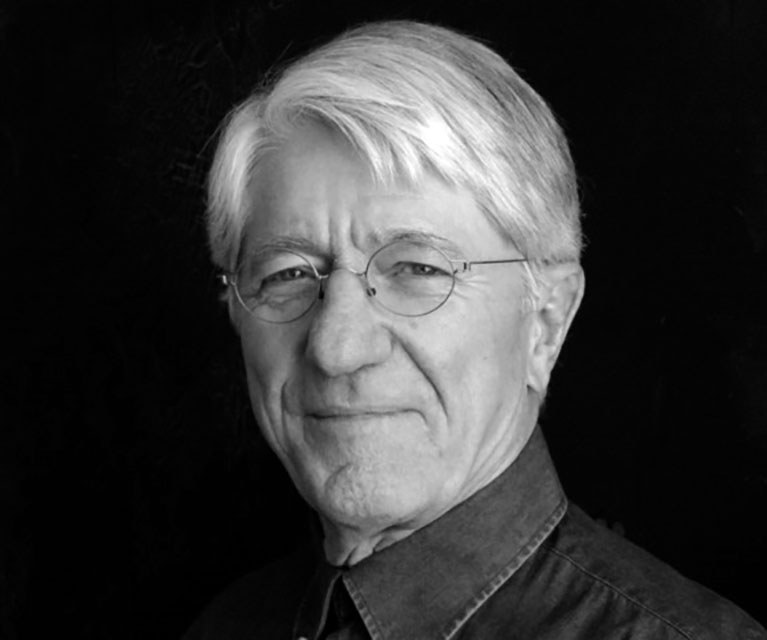
- 17 Feb 2017
- MyOntario
- Author: David P. Silcox,
My Ontario is …
MY ONTARIO IS: RosalieAbella, RobertAitken, AndréAlexis, LouApplebaum, MargaretAtwood, IainBaxter&, StanBevington, BillBissett, JeanBoggs, DaveBroadfoot, EdBurtynsky, JackBush, JackCostello, DavidCrombie, KikiDelaney, LouiseDennys, MichaeldePencier, RamsayDerry, RupertDuchesne, BuddFeheley, MaureenForester, DavidFrench...
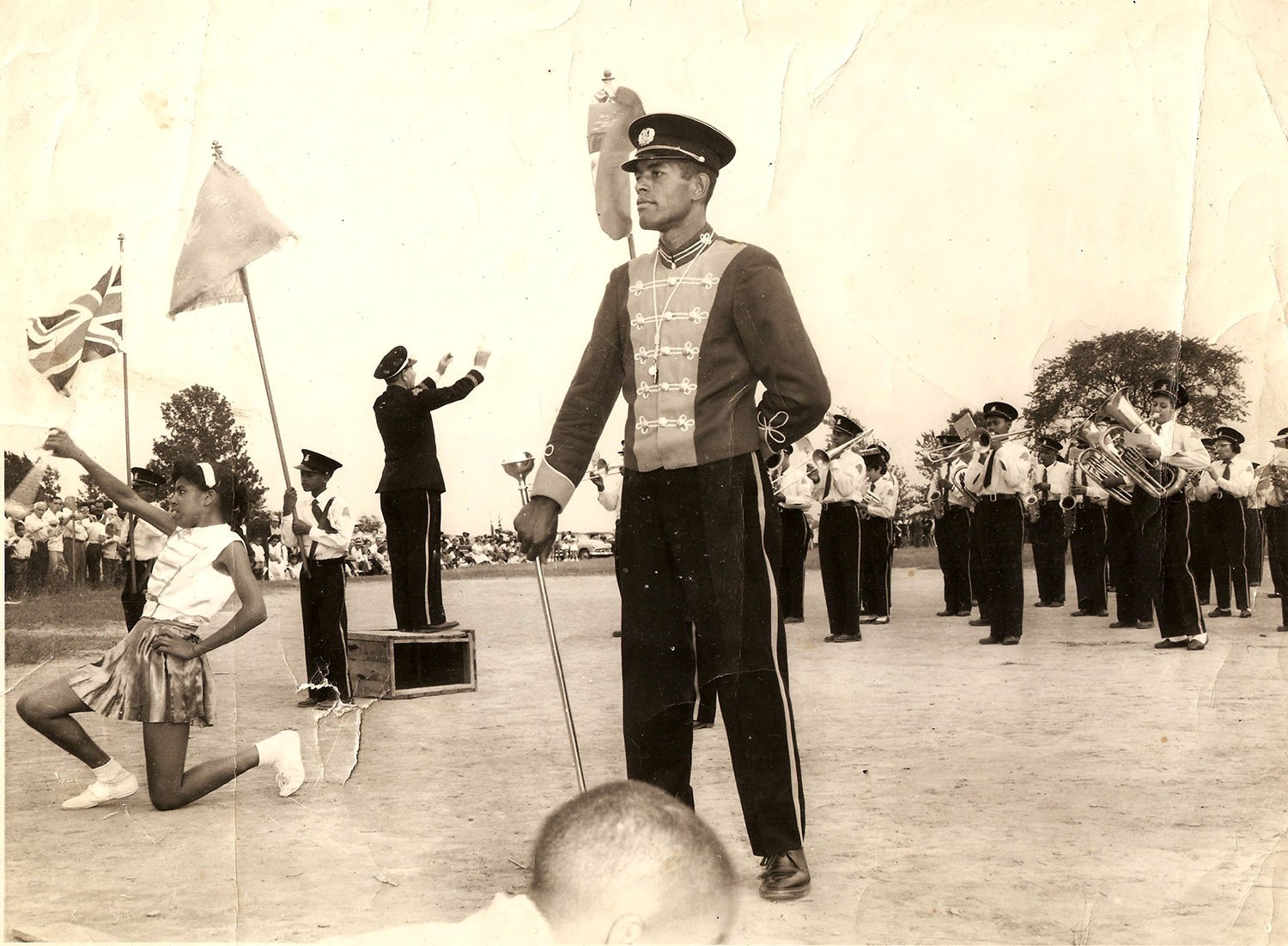
- 17 Feb 2017
- Black heritage
MyOntario - Author: Adrienne Shadd,
Reflections on my hometown
In the year of the 150th birthday of Canada, I would like to pay tribute to my hometown. North Buxton started out in 1849 as...
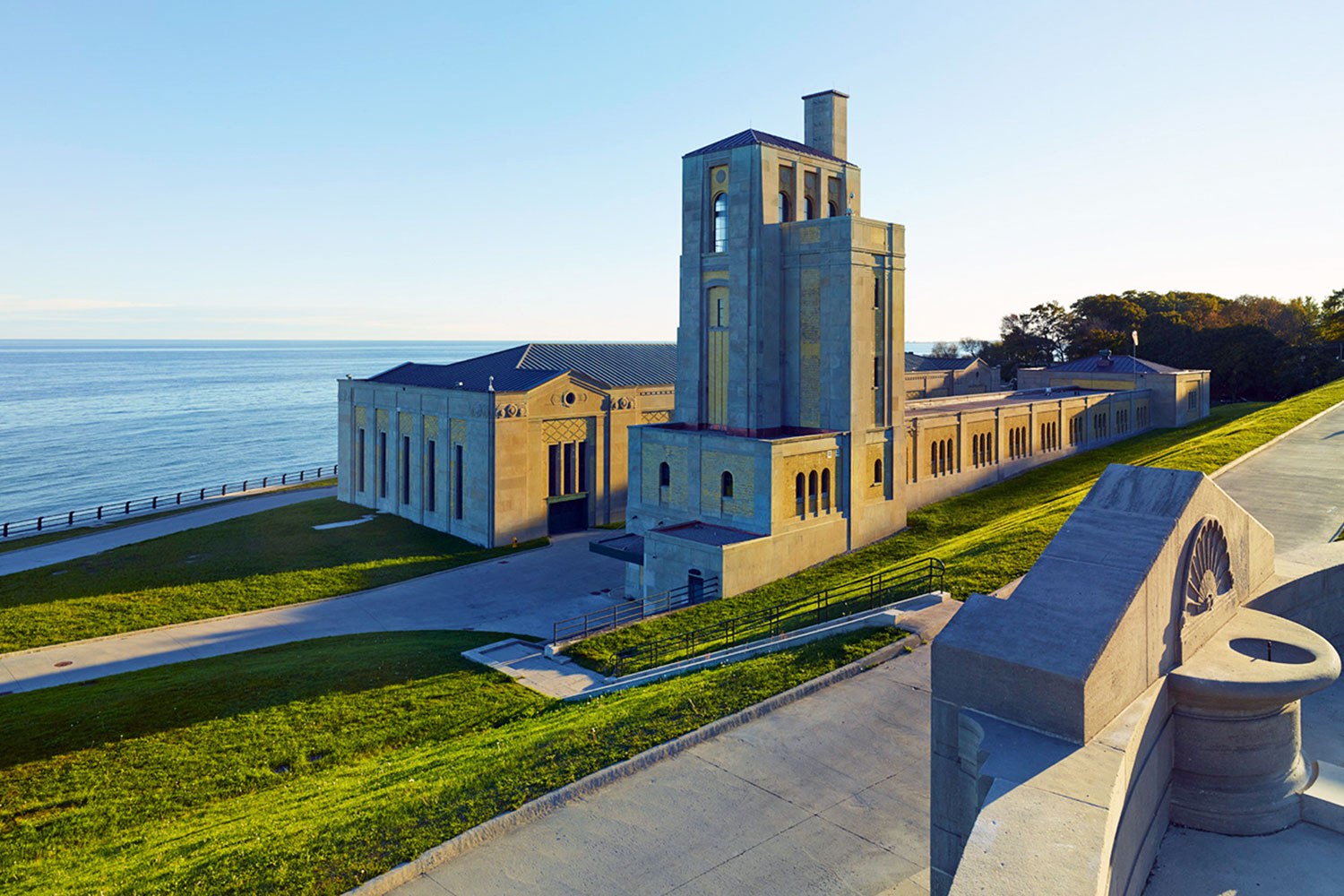
- 17 Feb 2017
- MyOntario
- Author: Atom Egoyan,
R.C. Harris Water Filtration Plant
Whenever I have visitors to Toronto, I take them to the Harris Filtration Plant. This beautiful complex is one of the few remaining examples of...
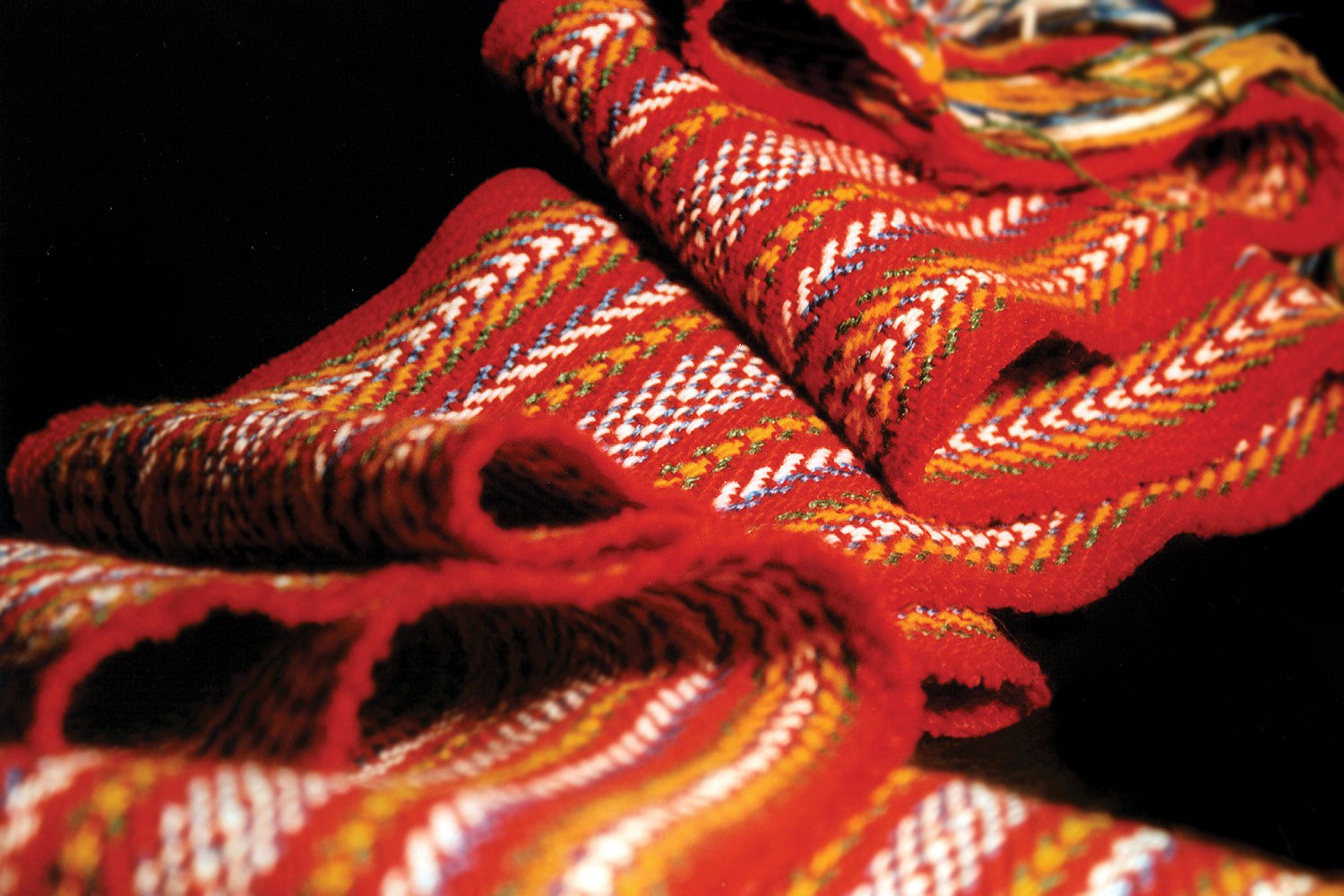
- 17 Feb 2017
- Indigenous heritage
MyOntario - Author: M. Margaret Froh,
The Métis sash
Métis youth leader Katelyn LaCroix was recently asked what being Métis meant to her. She replied that “like the sash, we are two cultures coming...

- 17 Feb 2017
- Indigenous heritage
MyOntario - Author: Mélanie-Rose Frappier,
On the path to reconciliation
Education is key. It will lead to healing as well as social awareness about the Indigenous culture. My ancestors spent hundreds of years fighting for...
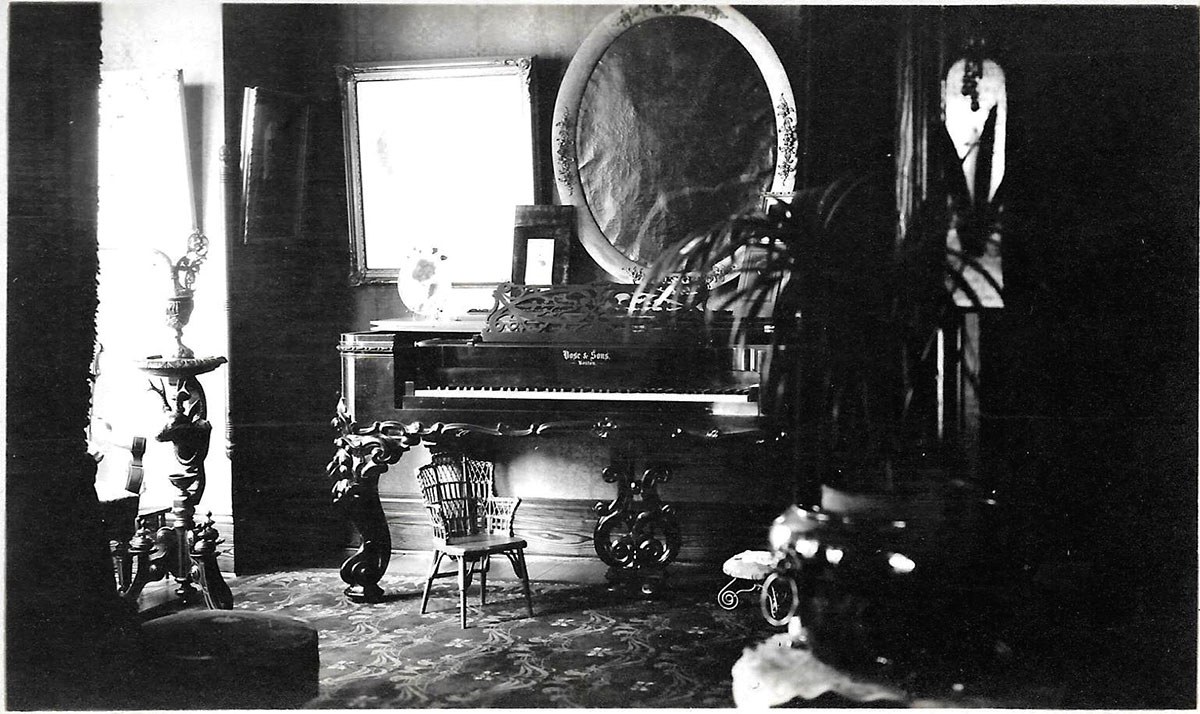
- 17 Feb 2017
- MyOntario
- Author: Carl Benn,
Edwardian home photos
I possess 16 photographs from c.1905 of my great-grandparents’ home in St. Catharines. At a personal level, I like these pictures because they record details...

- 17 Feb 2017
- MyOntario
- Author: Manuel Stevens,
Stepping back in time to Old Ontario
My Ontario is the Rideau Canal region between Smiths Falls and Kingston. Having spent many years as the planner for the Rideau Canal – and...

- 17 Feb 2017
- Expanding the narrative
MyOntario - Author: Beth Hanna,
The stories that define us
Stories are powerful. They reveal our values, pleasures and memories, the rituals and rhythms of our lives, our spiritual natures, our creative selves, our triumphs...
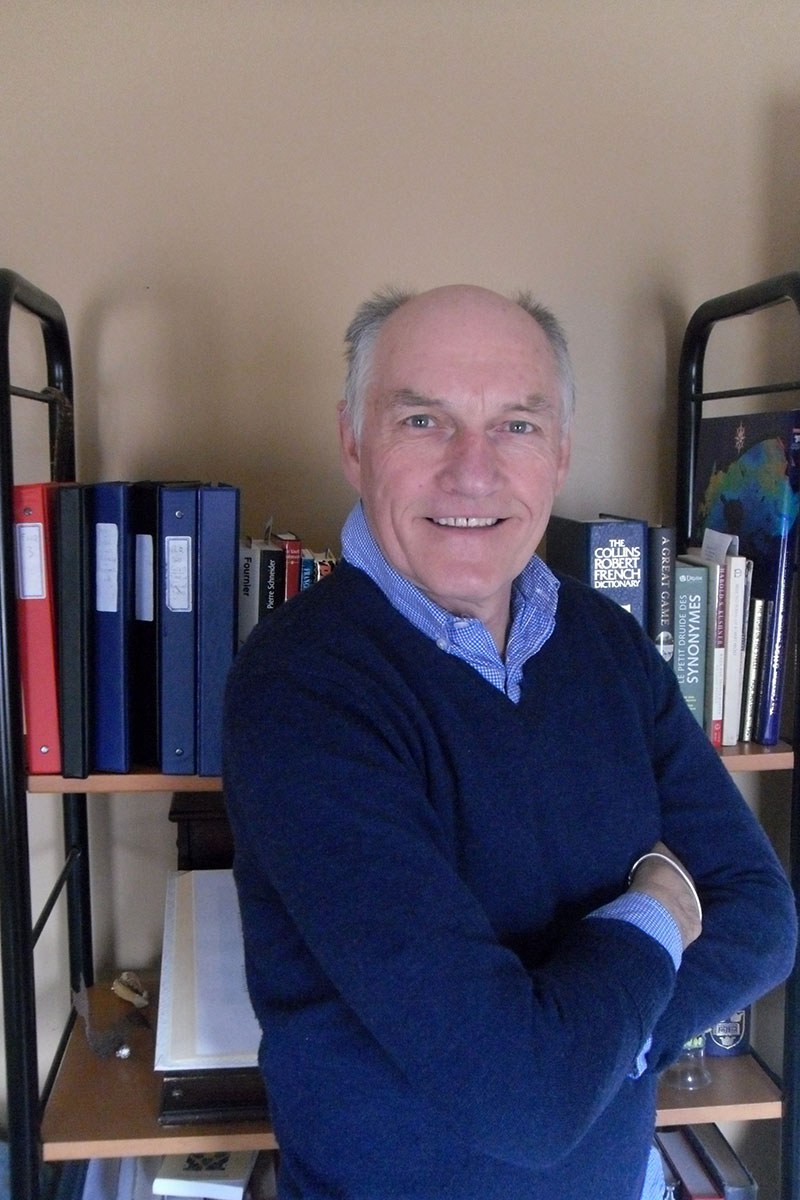
- 17 Feb 2017
- MyOntario
- Author: D'Arcy Jenish,
Making the voyage
Our voyage aboard the MV Algomarine began at the Port of Montreal late on a Saturday afternoon in July 2007 and ended early the following...
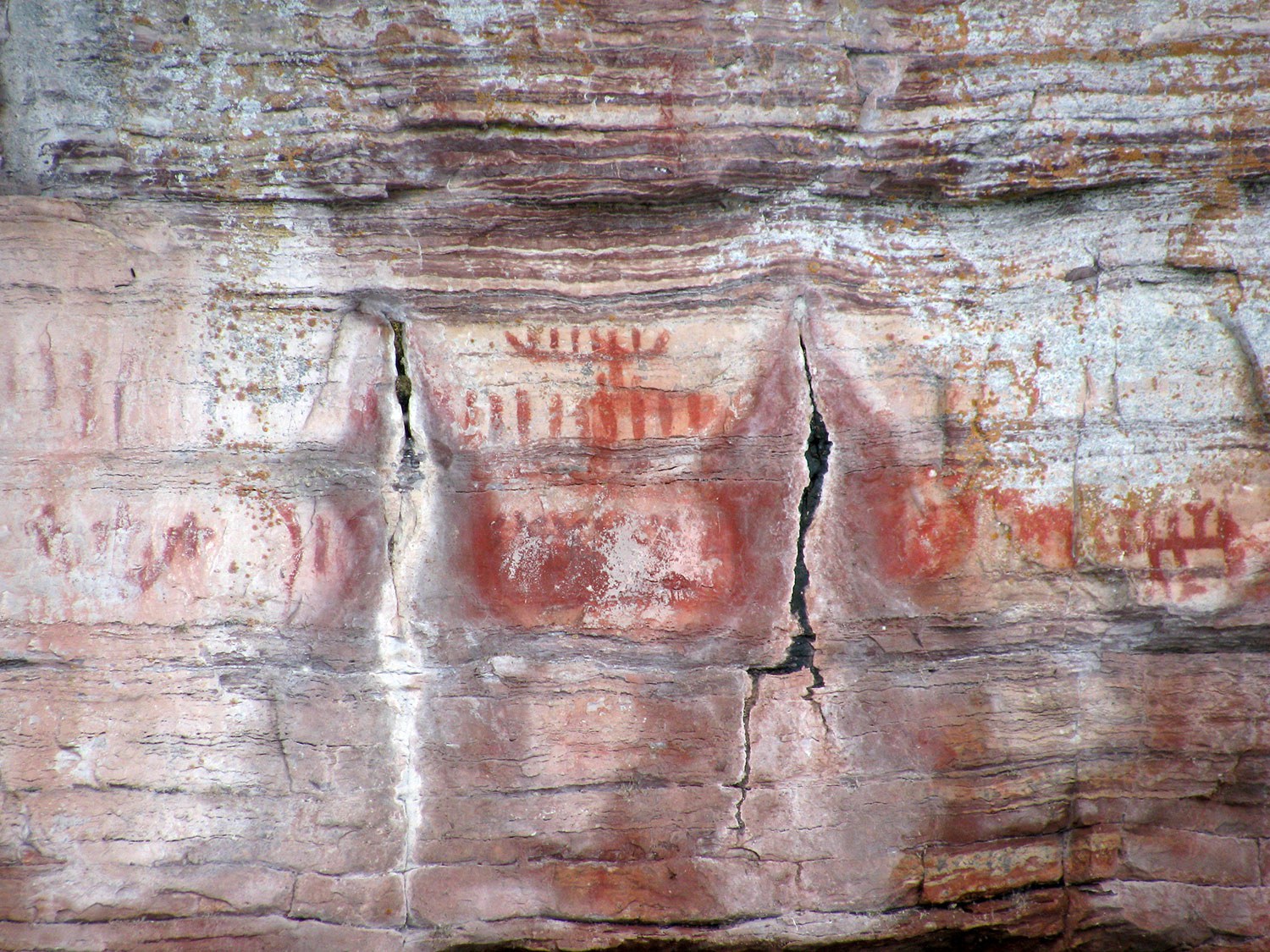
- 17 Feb 2017
- Indigenous heritage
MyOntario - Author: Susan Bryan,
Someone has passed this way before
I’m standing on the deck of a small boat, riding the swells of the Nipigon River where it widens into Lake Superior. In front of...
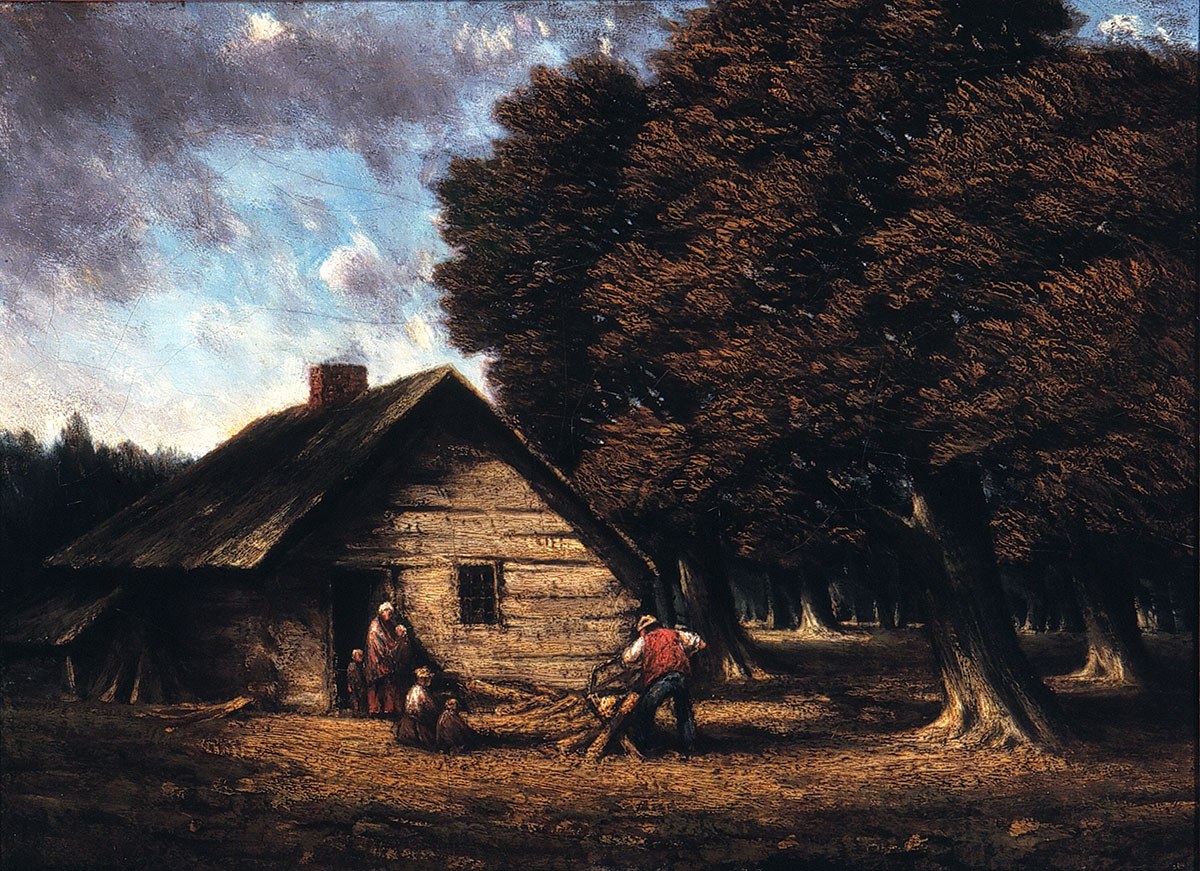
- 17 Feb 2017
- Arts and creativity
MyOntario - Author: Thomas H.B. Symons,
Homer Watson: Ontario’s pioneer artist
Homer Watson’s paintings and drawings captured the spirit of pioneer Ontario much as, in a later generation, the work of the Group of Seven captured...
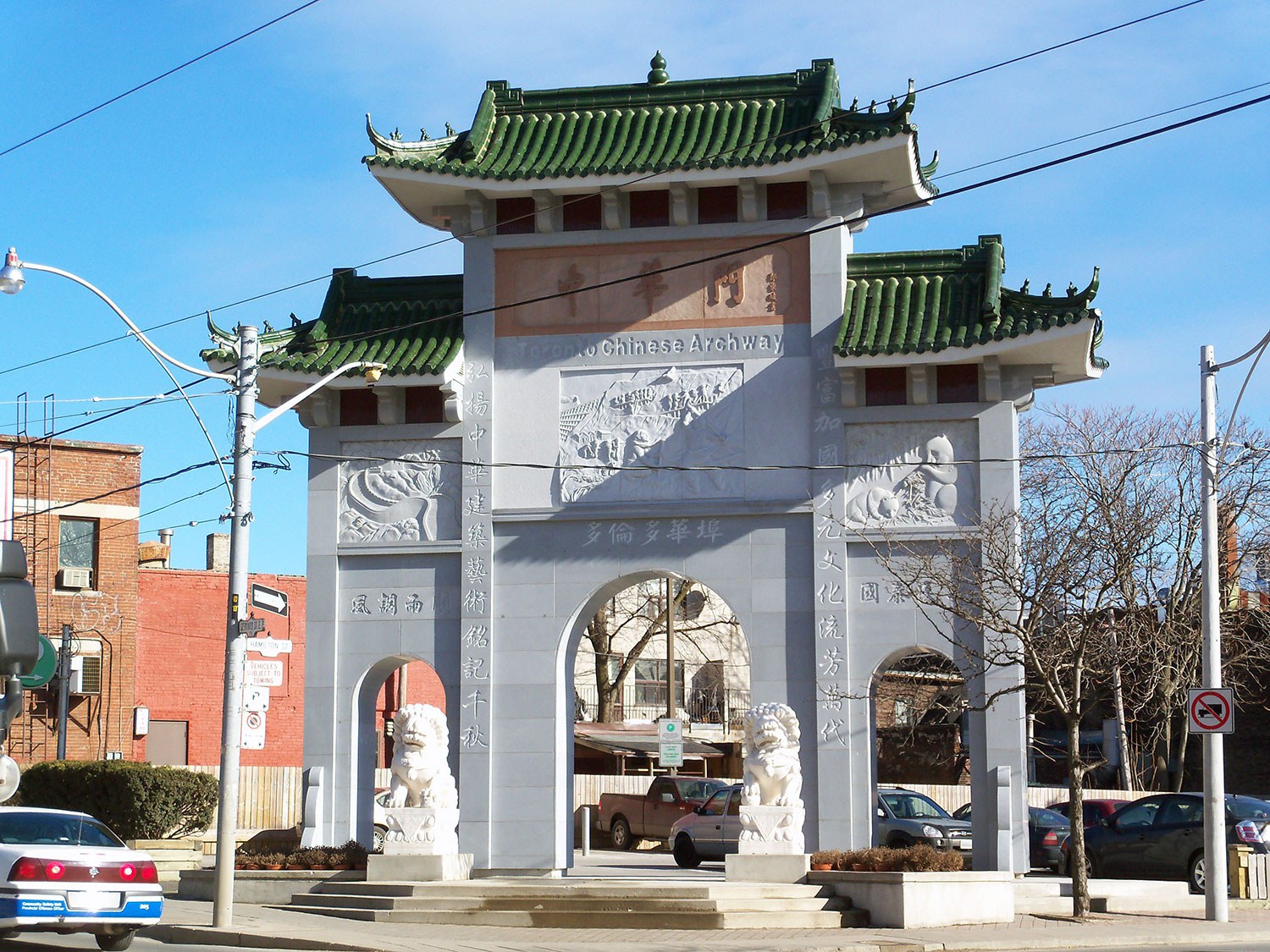
- 17 Feb 2017
- MyOntario
- Author: Arlene Chan,
Gateway to Ontario
Toronto’s Chinatown East has a beautiful gateway – a Chinese architectural tradition first introduced in British Columbia in the 1880s. As a writer and Chinatown...
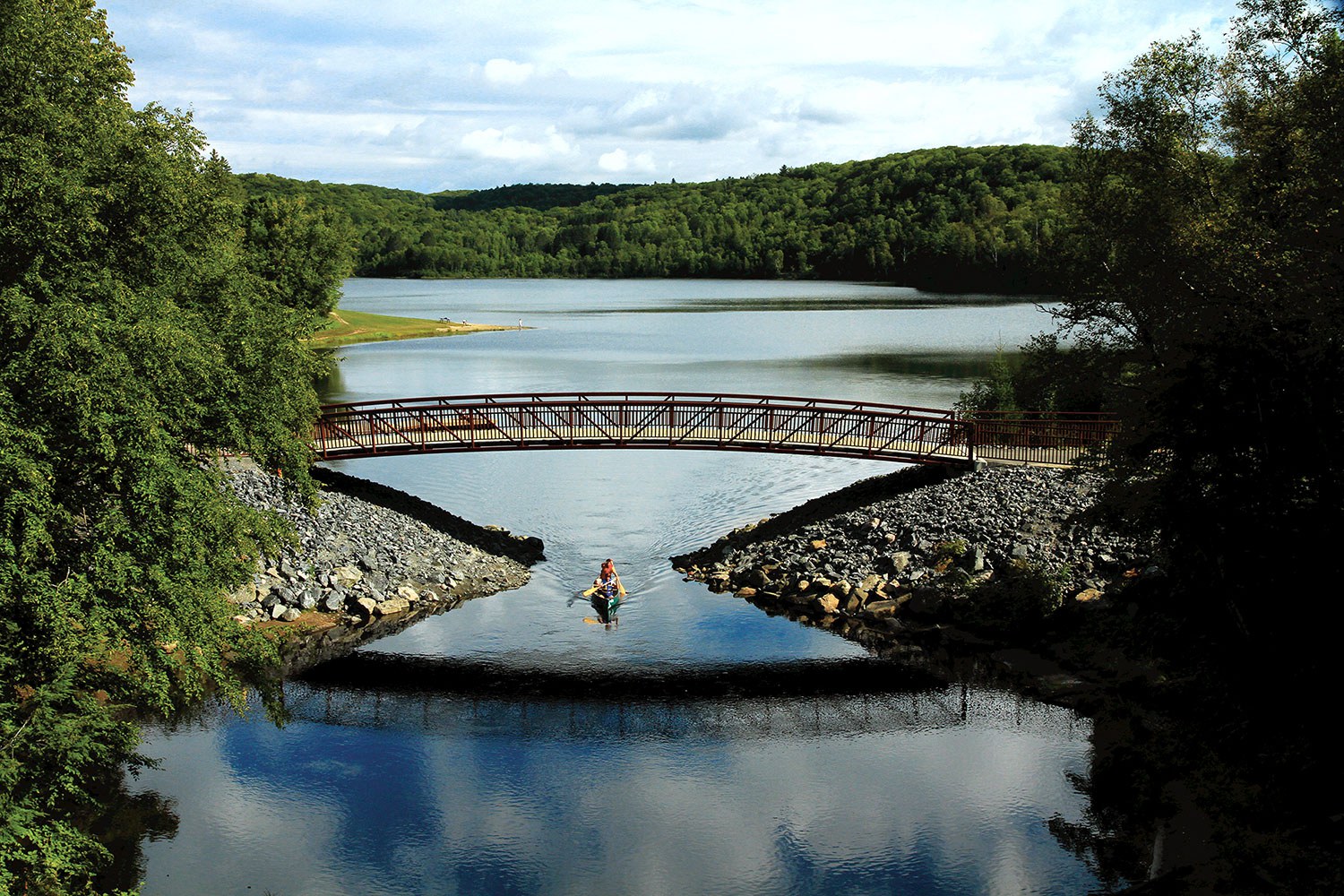
- 17 Feb 2017
- MyOntario
- Author: Michael Bliss,
You can go home again
I first saw the Camp Ahmek waterfront on Canoe Lake in Algonquin Park in 1951. I saw it again last summer – 65 years later...

- 17 Feb 2017
- Arts and creativity
MyOntario - Author: Todd Stewart,
Highway 11, near Hearst
I feel the deepest connection with a place when I’m alone in it, surrounded by silence, the rest of the world far away. The stillness...
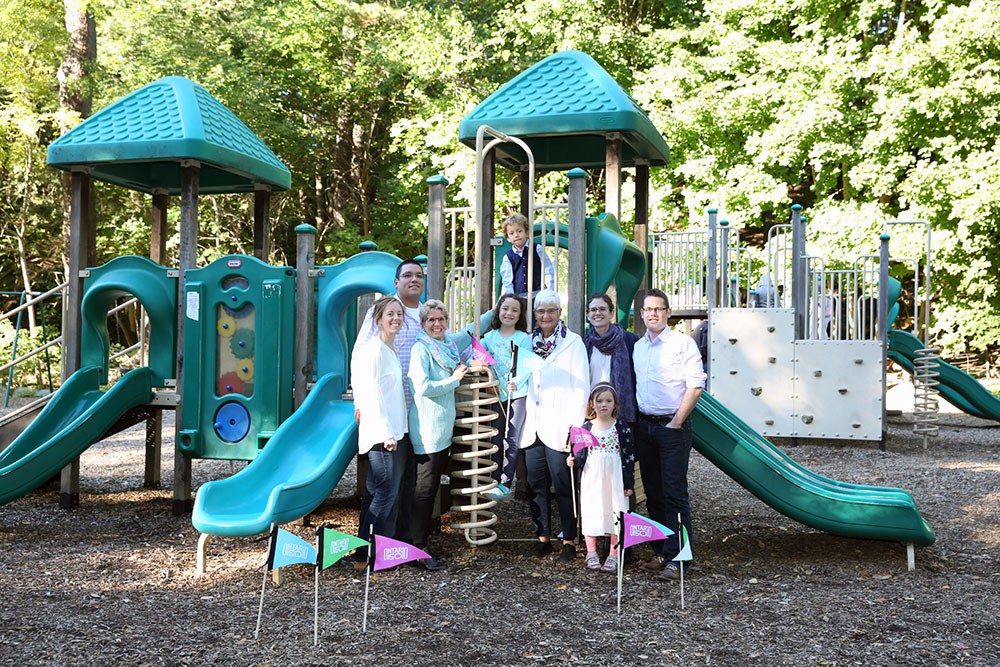
- 17 Feb 2017
- MyOntario
- Author: Kathleen Wynne,
Honouring our past, embracing our future
Ontario is Canada’s largest and most diverse province – home to ingenuity, inclusiveness and optimism. Our province’s 150th birthday is a chance to reflect on...

- 17 Feb 2017
- Black heritage
MyOntario - Author: Karolyn Smardz Frost,
Digging for the Promised Land
In 1985, the Toronto school board and Ontario’s culture ministry created the Archaeological Resource Centre. There, schoolchildren and volunteers could dig into their own city’s...
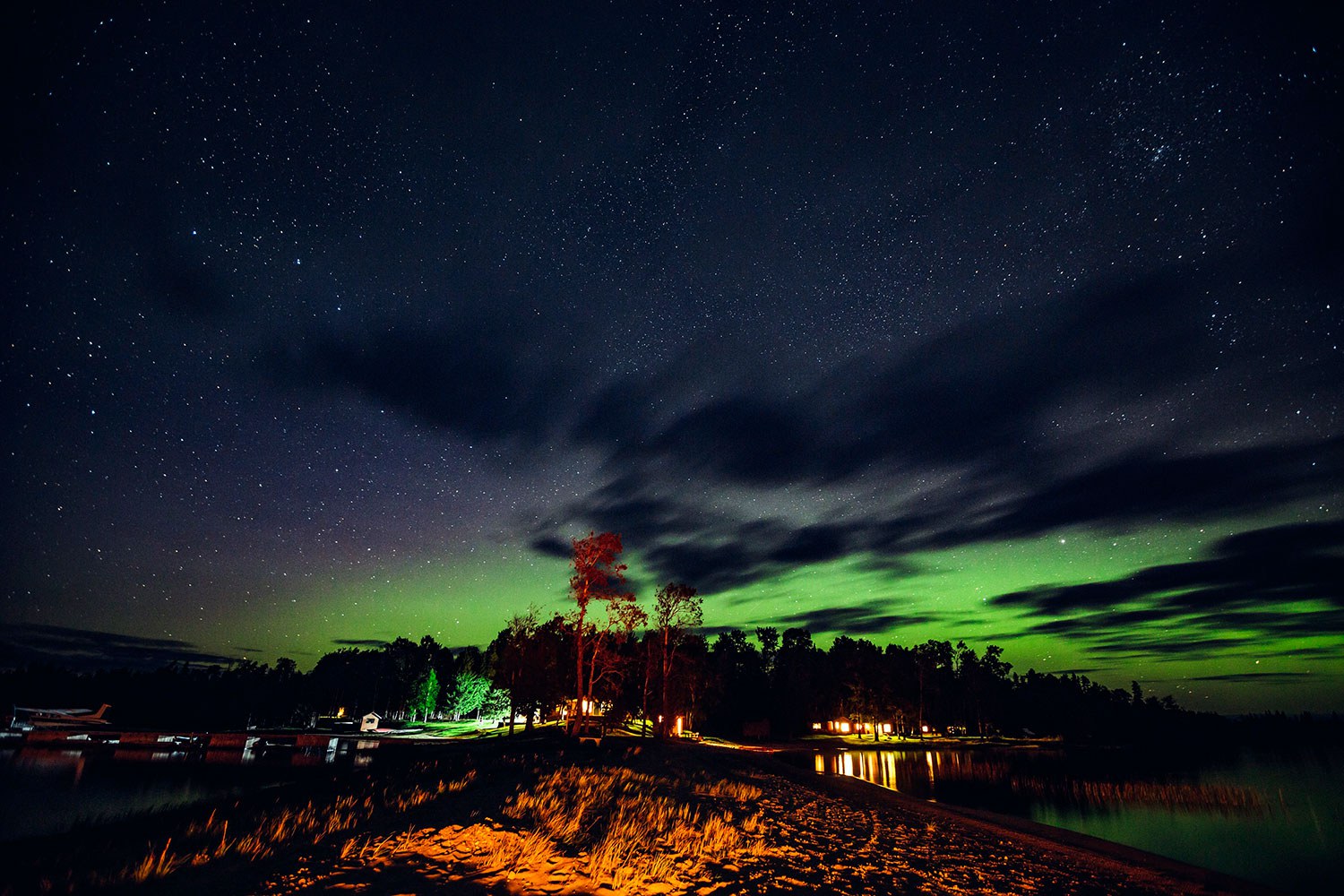
- 17 Feb 2017
- MyOntario
- Author: The Honourable James K. Bartleman,
My Muskoka – Winter 1949
Every evening when I was a kid in the 1940s, I’d manoeuvre rough logs up onto a sawhorse and use a small bucksaw to cut...

- 17 Feb 2017
- Sport heritage
MyOntario - Author: Philip Pritchard,
Ontario and the Stanley Cup
Hockey is Canada’s national sport, and there is nothing more synonymous with hockey than the Stanley Cup. The tradition, the aura and the respect it...
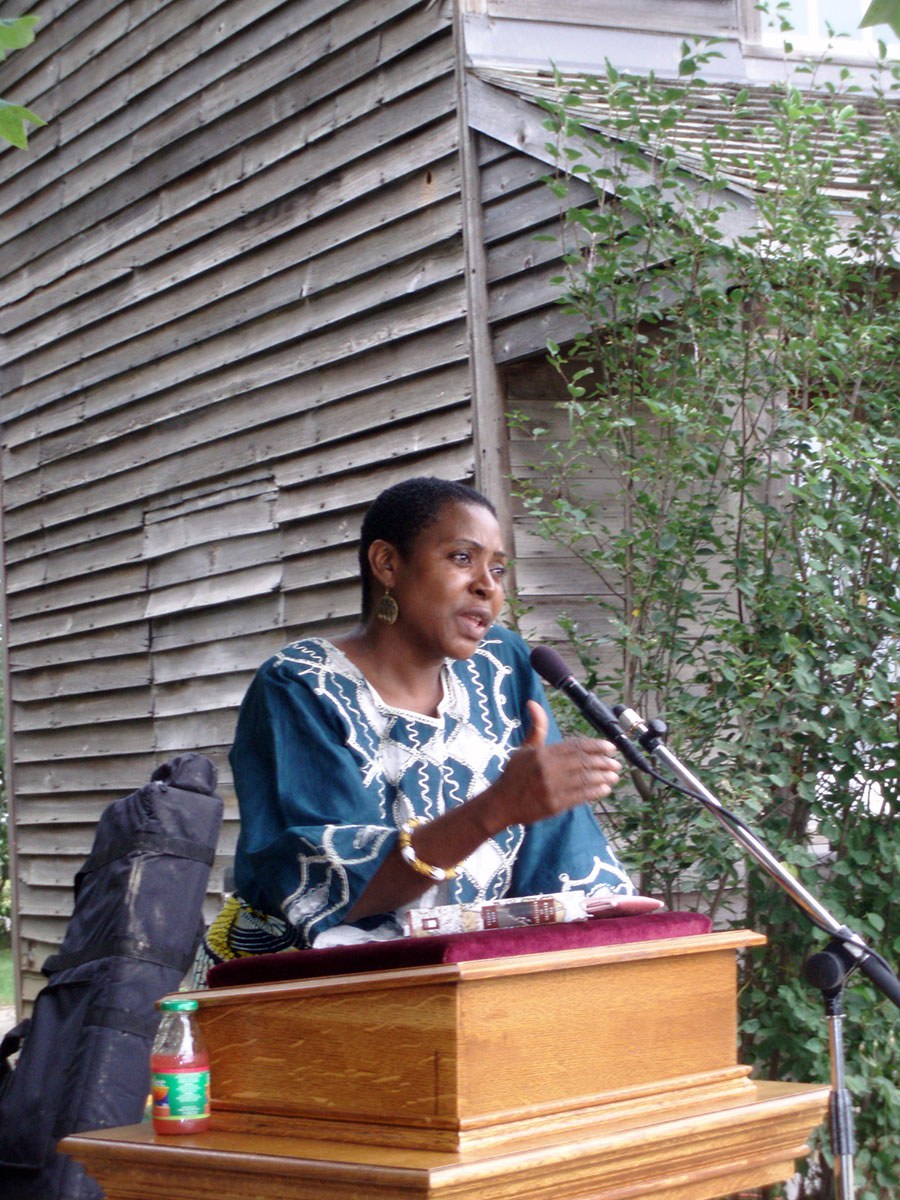
- 17 Feb 2017
- Black heritage
MyOntario - Author: Dr. Afua Cooper,
The Black history of Ontario inspires me and defines who I am
Peggy Pompadour haunts me. I walk through the streets of Ye Olde Towne Toronto and I feel her presence – this Black enslaved woman who...
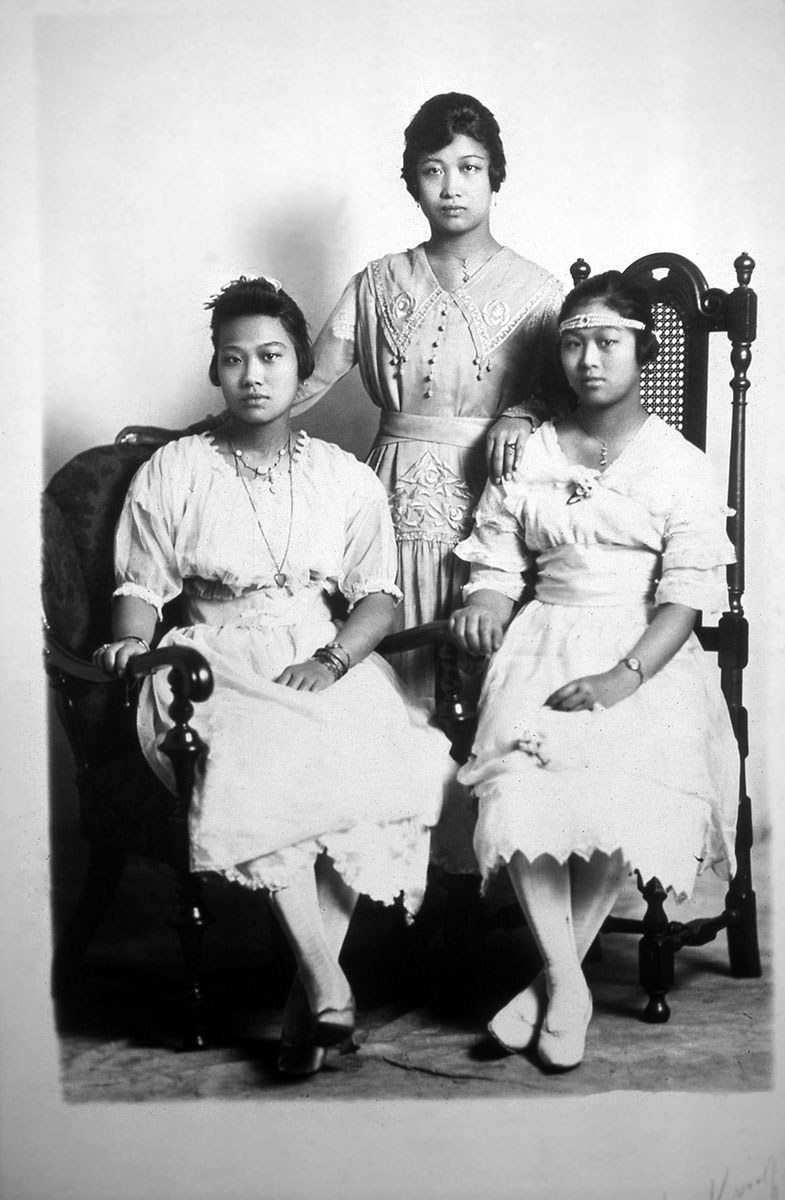
Telling the stories of Chinese Canadians
I am inspired by something intangible: the past, especially the history of Chinese Canadians. I grew up in Vancouver, knowing little about it. But once...

- 17 Feb 2017
- Natural heritage
MyOntario - Author: Michael Runtz,
Drawn back to Algonquin
Being a lifelong naturalist whose goal has been to explore Ontario’s natural history, I’ve come to appreciate just how rich this province’s biodiversity is. The...
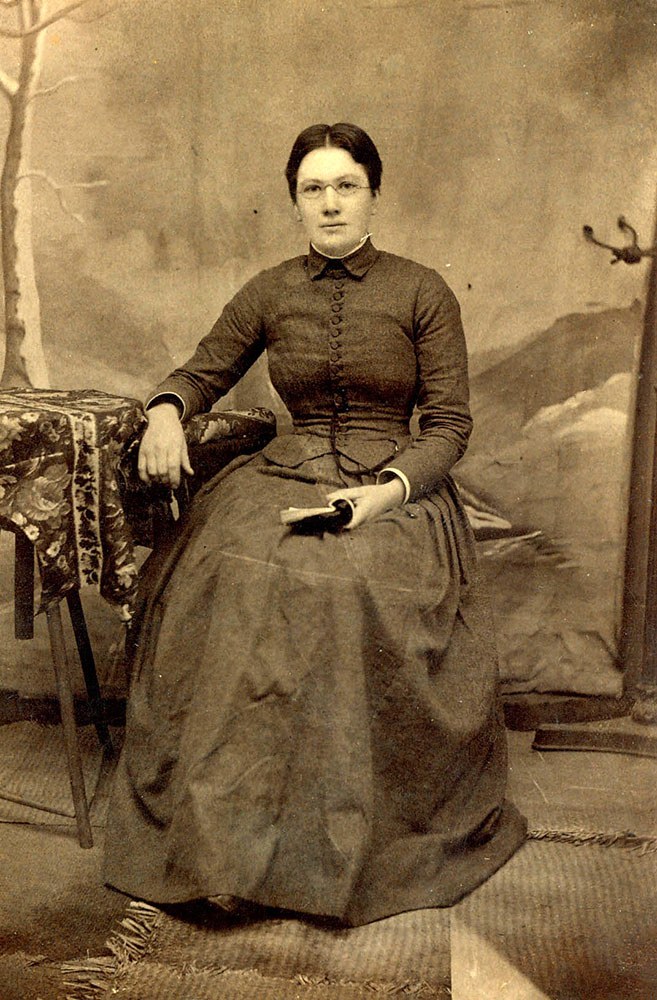
- 01 Feb 2017
- MyOntario
- Author: Sam Steiner,
The cloud of witnesses
As a historian of Mennonites in Ontario, I have always enjoyed wandering through Mennonite and Amish cemeteries. Whether plain Old Order Amish or Old Order...

- 28 Jan 2011
- Expanding the narrative
Community - Author: James Raffan,
CCM 3.0: Reimagining the Canadian Canoe Museum
A decade has passed since the permanent exhibits at The Canadian Canoe Museum (CCM) were opened to great acclaim. Funded with help from the federal...

- 12 Jun 2008
- Expanding the narrative
Community - Author: Beth Anne Mendes,
Routes through the wilderness: The development of a transportation network in Northern Ontario
Isolation, great distances, demanding terrain and difficult weather conditions challenged the fortitude and perseverance of the people who forged water routes, roads, railways and air...
- Accessibility
- Privacy statement
- Terms of use
- © King's Printer for Ontario, 2023
- Photos © Ontario Heritage Trust, unless otherwise indicated.

- Accessibility
- Privacy statement
- Terms of use
- © King's Printer for Ontario, 2023
- Photos © Ontario Heritage Trust, unless otherwise indicated.

